Agile Super Team
From storypoints and standups to shipping

Table of Contents
Why Agile? (Again)
What problem are we even solving?
Scrum and Lean
Rethinking the digital product design process
User Stories
The glue that binds Scrum and Lean
🤷♀️
🏉
👽
🤷♀️ Why Agile?
What problem are we even solving?






Water-whatamajik?
"The waterfall model is a breakdown of project activities into linear sequential phases, where each phase depends on the deliverables of the previous one and corresponds to a specialization of tasks. [...] The waterfall development model originated in the manufacturing and construction industries; where the highly structured physical environments meant that design changes became prohibitively expensive much sooner in the development process."
Wikipedia
Waterfall Model
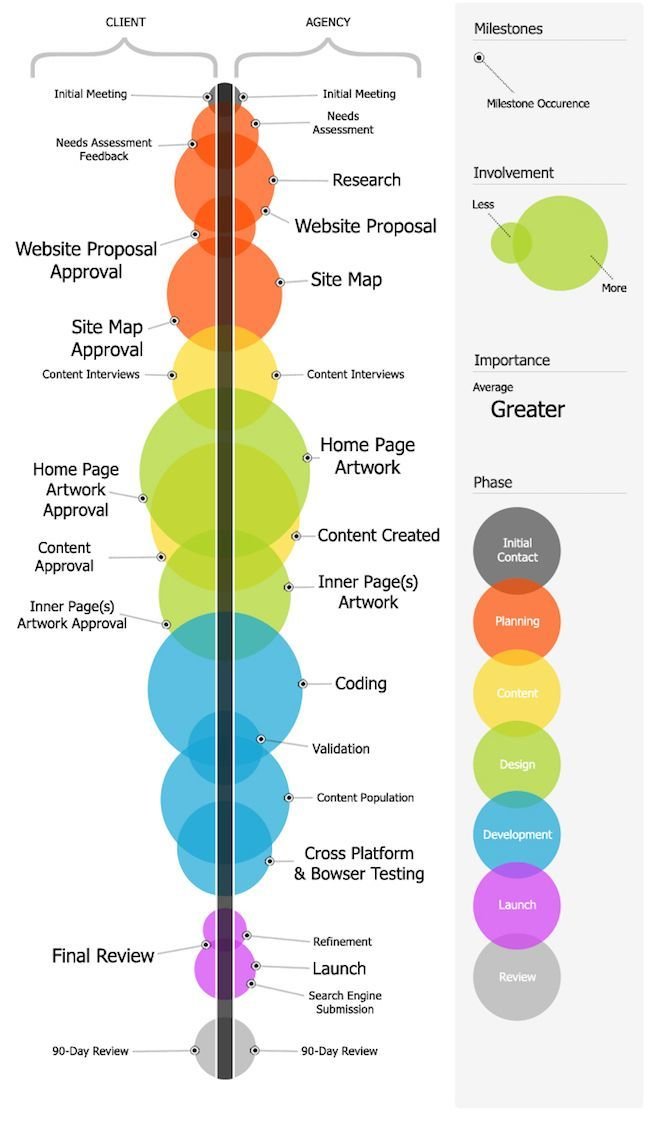
Water-whatamajik?
"The waterfall model is a breakdown of project activities into linear sequential phases, where each phase depends on the deliverables of the previous one and corresponds to a specialization of tasks. [...] The waterfall development model originated in the manufacturing and construction industries; where the highly structured physical environments meant that design changes became prohibitively expensive much sooner in the development process."
Wikipedia
Waterfall Model

Water-whatamajik?
"The waterfall model is a breakdown of project activities into linear sequential phases, where each phase depends on the deliverables of the previous one and corresponds to a specialization of tasks. [...] The waterfall development model originated in the manufacturing and construction industries; where the highly structured physical environments meant that design changes became prohibitively expensive much sooner in the development process."
Wikipedia
Waterfall Model

Water-whatamajik?
"The waterfall model is a breakdown of project activities into linear sequential phases, where each phase depends on the deliverables of the previous one and corresponds to a specialization of tasks. [...] The waterfall development model originated in the manufacturing and construction industries; where the highly structured physical environments meant that design changes became prohibitively expensive much sooner in the development process."
Wikipedia
Waterfall Model

Water-whatamajik?
"The waterfall model is a breakdown of project activities into linear sequential phases, where each phase depends on the deliverables of the previous one and corresponds to a specialization of tasks. [...] The waterfall development model originated in the manufacturing and construction industries; where the highly structured physical environments meant that design changes became prohibitively expensive much sooner in the development process."
Wikipedia
Waterfall Model

Water-whatamajik?
"The waterfall model is a breakdown of project activities into linear sequential phases, where each phase depends on the deliverables of the previous one and corresponds to a specialization of tasks. [...] The waterfall development model originated in the manufacturing and construction industries; where the highly structured physical environments meant that design changes became prohibitively expensive much sooner in the development process."
Wikipedia
Waterfall Model

Water-whatamajik?
"The waterfall model is a breakdown of project activities into linear sequential phases, where each phase depends on the deliverables of the previous one and corresponds to a specialization of tasks. [...] The waterfall development model originated in the manufacturing and construction industries; where the highly structured physical environments meant that design changes became prohibitively expensive much sooner in the development process."
Wikipedia
Waterfall Model

Water-whatamajik?
"The waterfall model is a breakdown of project activities into linear sequential phases, where each phase depends on the deliverables of the previous one and corresponds to a specialization of tasks. [...] The waterfall development model originated in the manufacturing and construction industries; where the highly structured physical environments meant that design changes became prohibitively expensive much sooner in the development process."
Wikipedia
Waterfall Model

Water-whatamajik?
"The waterfall model is a breakdown of project activities into linear sequential phases, where each phase depends on the deliverables of the previous one and corresponds to a specialization of tasks. [...] The waterfall development model originated in the manufacturing and construction industries; where the highly structured physical environments meant that design changes became prohibitively expensive much sooner in the development process."
Wikipedia
Waterfall Model

Water-whatamajik?
"The waterfall model is a breakdown of project activities into linear sequential phases, where each phase depends on the deliverables of the previous one and corresponds to a specialization of tasks. [...] The waterfall development model originated in the manufacturing and construction industries; where the highly structured physical environments meant that design changes became prohibitively expensive much sooner in the development process."
Wikipedia
Waterfall Model

Water-whatamajik?
"The waterfall model is a breakdown of project activities into linear sequential phases, where each phase depends on the deliverables of the previous one and corresponds to a specialization of tasks. [...] The waterfall development model originated in the manufacturing and construction industries; where the highly structured physical environments meant that design changes became prohibitively expensive much sooner in the development process."
Wikipedia
Waterfall Model

Water-whatamajik?
"The waterfall model is a breakdown of project activities into linear sequential phases, where each phase depends on the deliverables of the previous one and corresponds to a specialization of tasks. [...] The waterfall development model originated in the manufacturing and construction industries; where the highly structured physical environments meant that design changes became prohibitively expensive much sooner in the development process."
Wikipedia
Waterfall Model

Water-whatamajik?
"The waterfall model is a breakdown of project activities into linear sequential phases, where each phase depends on the deliverables of the previous one and corresponds to a specialization of tasks. [...] The waterfall development model originated in the manufacturing and construction industries; where the highly structured physical environments meant that design changes became prohibitively expensive much sooner in the development process."
Wikipedia
Waterfall Model

Water-whatamajik?
"The waterfall model is a breakdown of project activities into linear sequential phases, where each phase depends on the deliverables of the previous one and corresponds to a specialization of tasks. [...] The waterfall development model originated in the manufacturing and construction industries; where the highly structured physical environments meant that design changes became prohibitively expensive much sooner in the development process."
Wikipedia
Waterfall Model

Water-whatamajik?
"The waterfall model is a breakdown of project activities into linear sequential phases, where each phase depends on the deliverables of the previous one and corresponds to a specialization of tasks. [...] The waterfall development model originated in the manufacturing and construction industries; where the highly structured physical environments meant that design changes became prohibitively expensive much sooner in the development process."
Wikipedia
Waterfall Model

Water-whatamajik?
"The waterfall model is a breakdown of project activities into linear sequential phases, where each phase depends on the deliverables of the previous one and corresponds to a specialization of tasks. [...] The waterfall development model originated in the manufacturing and construction industries; where the highly structured physical environments meant that design changes became prohibitively expensive much sooner in the development process."
Wikipedia
Waterfall Model

Water-whatamajik?
"The waterfall model is a breakdown of project activities into linear sequential phases, where each phase depends on the deliverables of the previous one and corresponds to a specialization of tasks. [...] The waterfall development model originated in the manufacturing and construction industries; where the highly structured physical environments meant that design changes became prohibitively expensive much sooner in the development process."
Wikipedia
Waterfall Model

Water-whatamajik?
"The waterfall model is a breakdown of project activities into linear sequential phases, where each phase depends on the deliverables of the previous one and corresponds to a specialization of tasks. [...] The waterfall development model originated in the manufacturing and construction industries; where the highly structured physical environments meant that design changes became prohibitively expensive much sooner in the development process."
Wikipedia
Waterfall Model

Water-whatamajik?
"The waterfall model is a breakdown of project activities into linear sequential phases, where each phase depends on the deliverables of the previous one and corresponds to a specialization of tasks. [...] The waterfall development model originated in the manufacturing and construction industries; where the highly structured physical environments meant that design changes became prohibitively expensive much sooner in the development process."
Wikipedia
Waterfall Model

Water-whatamajik?
"The waterfall model is a breakdown of project activities into linear sequential phases, where each phase depends on the deliverables of the previous one and corresponds to a specialization of tasks. [...] The waterfall development model originated in the manufacturing and construction industries; where the highly structured physical environments meant that design changes became prohibitively expensive much sooner in the development process."
Wikipedia
Waterfall Model

Water-whatamajik?
"The waterfall model is a breakdown of project activities into linear sequential phases, where each phase depends on the deliverables of the previous one and corresponds to a specialization of tasks. [...] The waterfall development model originated in the manufacturing and construction industries; where the highly structured physical environments meant that design changes became prohibitively expensive much sooner in the development process."
Wikipedia
Waterfall Model

Water-whatamajik?
"The waterfall model is a breakdown of project activities into linear sequential phases, where each phase depends on the deliverables of the previous one and corresponds to a specialization of tasks. [...] The waterfall development model originated in the manufacturing and construction industries; where the highly structured physical environments meant that design changes became prohibitively expensive much sooner in the development process."
Wikipedia
Waterfall Model

Gannt Chart
"A Gantt chart is a type of bar chart that illustrates a project schedule, named after its inventor, Henry Gantt (1861–1919) [...] Although widely used in project planning in the present day, Gantt charts were considered revolutionary when introduced. [...] One of the first major applications of Gantt charts was by the United States during World War I, at the instigation of General William Crozier"
Wikipedia
Gantt Chart

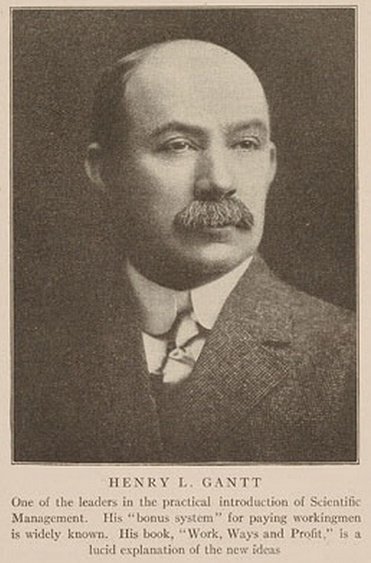
Gannt Chart
"A Gantt chart is a type of bar chart that illustrates a project schedule, named after its inventor, Henry Gantt (1861–1919) [...] Although widely used in project planning in the present day, Gantt charts were considered revolutionary when introduced. [...] One of the first major applications of Gantt charts was by the United States during World War I, at the instigation of General William Crozier"
Wikipedia
Gantt Chart


Gannt Chart
"A Gantt chart is a type of bar chart that illustrates a project schedule, named after its inventor, Henry Gantt (1861–1919) [...] Although widely used in project planning in the present day, Gantt charts were considered revolutionary when introduced. [...] One of the first major applications of Gantt charts was by the United States during World War I, at the instigation of General William Crozier"
Wikipedia
Gantt Chart


Gannt Chart
"A Gantt chart is a type of bar chart that illustrates a project schedule, named after its inventor, Henry Gantt (1861–1919) [...] Although widely used in project planning in the present day, Gantt charts were considered revolutionary when introduced. [...] One of the first major applications of Gantt charts was by the United States during World War I, at the instigation of General William Crozier"
Wikipedia
Gantt Chart


Gannt Chart
"A Gantt chart is a type of bar chart that illustrates a project schedule, named after its inventor, Henry Gantt (1861–1919) [...] Although widely used in project planning in the present day, Gantt charts were considered revolutionary when introduced. [...] One of the first major applications of Gantt charts was by the United States during World War I, at the instigation of General William Crozier"
Wikipedia
Gantt Chart


Gannt Chart
"A Gantt chart is a type of bar chart that illustrates a project schedule, named after its inventor, Henry Gantt (1861–1919) [...] Although widely used in project planning in the present day, Gantt charts were considered revolutionary when introduced. [...] One of the first major applications of Gantt charts was by the United States during World War I, at the instigation of General William Crozier"
Wikipedia
Gantt Chart


Gannt Chart
"A Gantt chart is a type of bar chart that illustrates a project schedule, named after its inventor, Henry Gantt (1861–1919) [...] Although widely used in project planning in the present day, Gantt charts were considered revolutionary when introduced. [...] One of the first major applications of Gantt charts was by the United States during World War I, at the instigation of General William Crozier"
Wikipedia
Gantt Chart




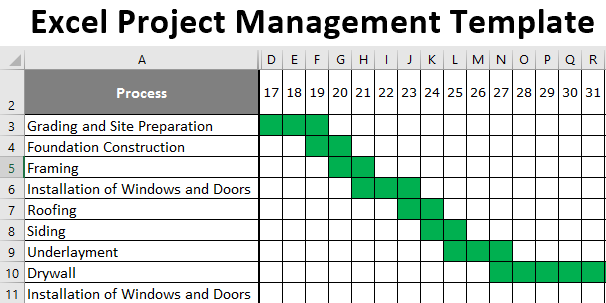
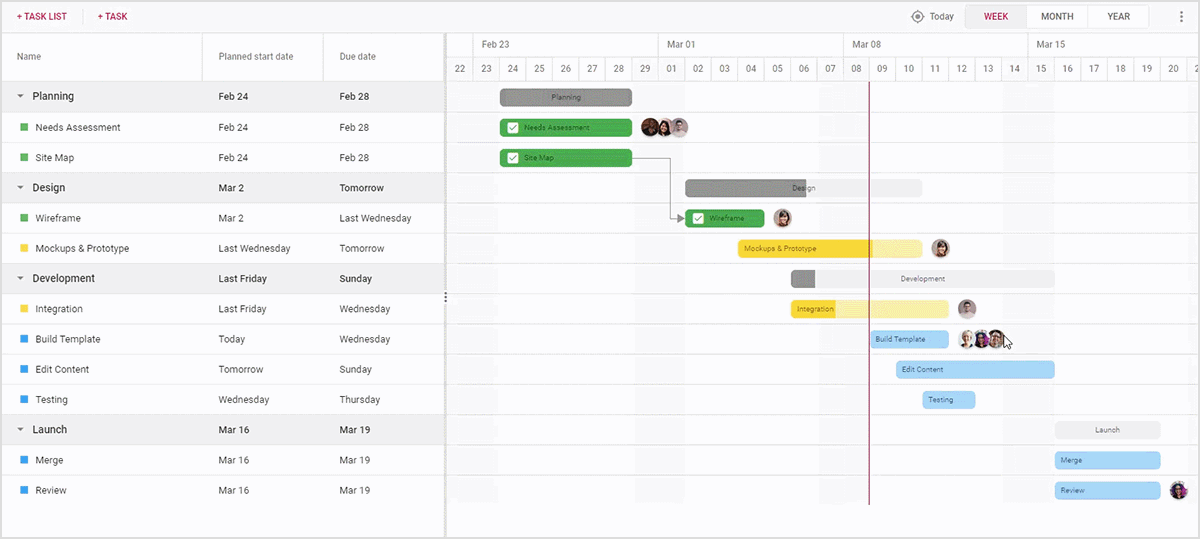
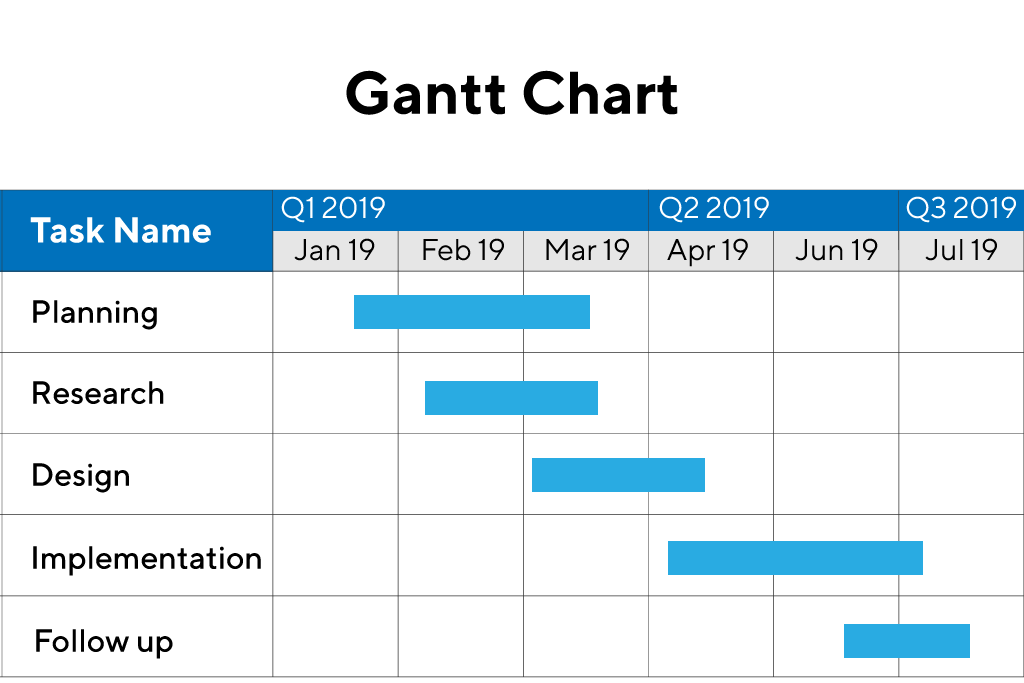

When Things Go Right

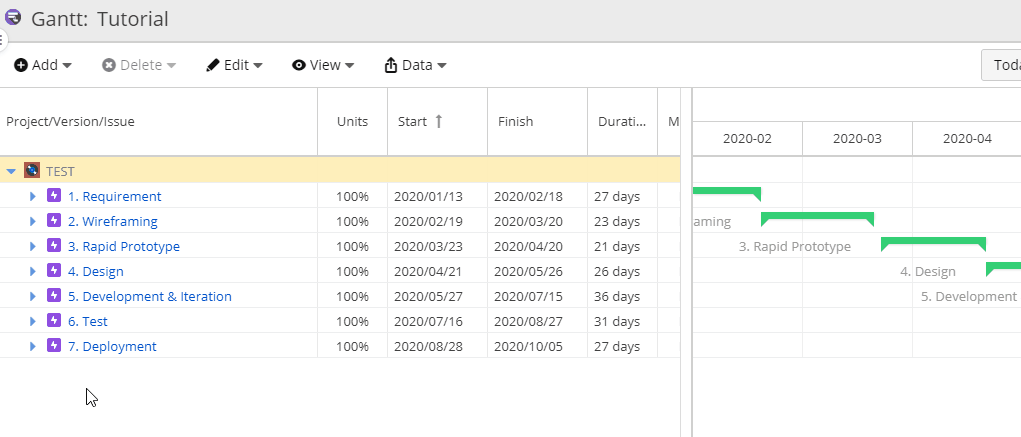
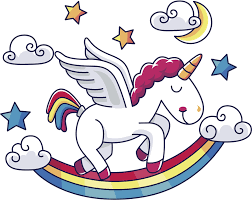

What Could Go Wrong?







Fixed Timeline
"In software development, it tends to be among the less iterative and flexible approaches, as progress flows in largely one direction ("downwards" like a waterfall) through the phases of conception, initiation, analysis, design, construction, testing, deployment and maintenance. [...] When first adopted for software development, there were no recognised alternatives for knowledge-based creative work."
Wikipedia
Waterfall Model
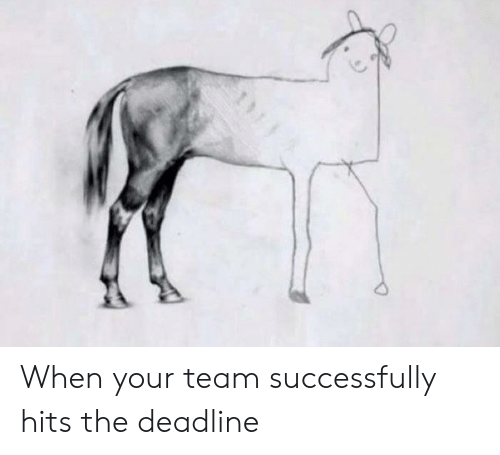
Fixed Timeline
"In software development, it tends to be among the less iterative and flexible approaches, as progress flows in largely one direction ("downwards" like a waterfall) through the phases of conception, initiation, analysis, design, construction, testing, deployment and maintenance. [...] When first adopted for software development, there were no recognised alternatives for knowledge-based creative work."
Wikipedia
Waterfall Model

Fixed Timeline
"In software development, it tends to be among the less iterative and flexible approaches, as progress flows in largely one direction ("downwards" like a waterfall) through the phases of conception, initiation, analysis, design, construction, testing, deployment and maintenance. [...] When first adopted for software development, there were no recognised alternatives for knowledge-based creative work."
Wikipedia
Waterfall Model

Fixed Timeline
"In software development, it tends to be among the less iterative and flexible approaches, as progress flows in largely one direction ("downwards" like a waterfall) through the phases of conception, initiation, analysis, design, construction, testing, deployment and maintenance. [...] When first adopted for software development, there were no recognised alternatives for knowledge-based creative work."
Wikipedia
Waterfall Model

Fixed Timeline
"In software development, it tends to be among the less iterative and flexible approaches, as progress flows in largely one direction ("downwards" like a waterfall) through the phases of conception, initiation, analysis, design, construction, testing, deployment and maintenance. [...] When first adopted for software development, there were no recognised alternatives for knowledge-based creative work."
Wikipedia
Waterfall Model

Fixed Timeline
"In software development, it tends to be among the less iterative and flexible approaches, as progress flows in largely one direction ("downwards" like a waterfall) through the phases of conception, initiation, analysis, design, construction, testing, deployment and maintenance. [...] When first adopted for software development, there were no recognised alternatives for knowledge-based creative work."
Wikipedia
Waterfall Model

Fixed Timeline
"In software development, it tends to be among the less iterative and flexible approaches, as progress flows in largely one direction ("downwards" like a waterfall) through the phases of conception, initiation, analysis, design, construction, testing, deployment and maintenance. [...] When first adopted for software development, there were no recognised alternatives for knowledge-based creative work."
Wikipedia
Waterfall Model

Knowledge Work
"Knowledge workers are workers whose main capital is knowledge. Examples include [...] whose job is to "think for a living". Knowledge work can be differentiated from other forms of work by its emphasis on "non-routine" problem solving that requires a combination of convergent and divergent thinking."
Wikipedia
Knowledge Worker
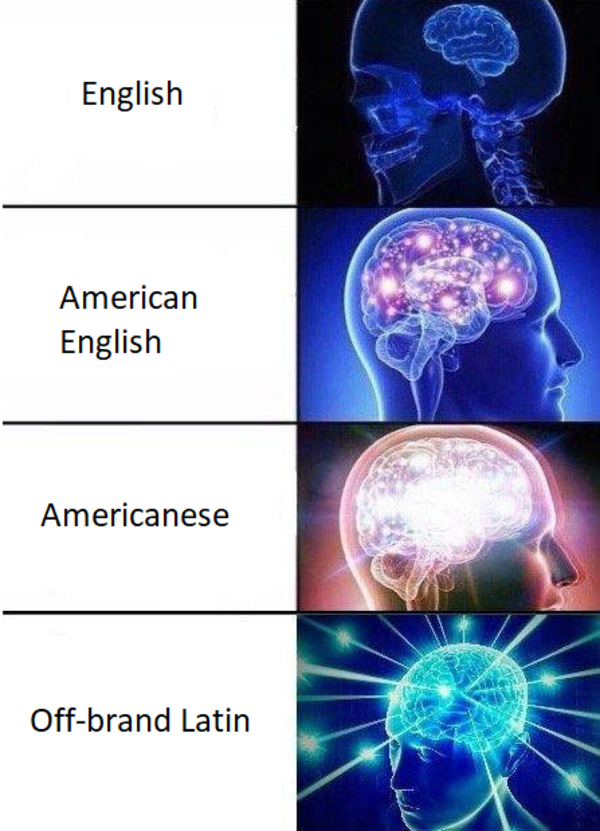
Knowledge Work
"Knowledge workers are workers whose main capital is knowledge. Examples include [...] whose job is to "think for a living". Knowledge work can be differentiated from other forms of work by its emphasis on "non-routine" problem solving that requires a combination of convergent and divergent thinking."
Wikipedia
Knowledge Worker

Knowledge Work
"Knowledge workers are workers whose main capital is knowledge. Examples include [...] whose job is to "think for a living". Knowledge work can be differentiated from other forms of work by its emphasis on "non-routine" problem solving that requires a combination of convergent and divergent thinking."
Wikipedia
Knowledge Worker

Knowledge Work
"Knowledge workers are workers whose main capital is knowledge. Examples include [...] whose job is to "think for a living". Knowledge work can be differentiated from other forms of work by its emphasis on "non-routine" problem solving that requires a combination of convergent and divergent thinking."
Wikipedia
Knowledge Worker

Knowledge Work
"Knowledge workers are workers whose main capital is knowledge. Examples include [...] whose job is to "think for a living". Knowledge work can be differentiated from other forms of work by its emphasis on "non-routine" problem solving that requires a combination of convergent and divergent thinking."
Wikipedia
Knowledge Worker

Emerging Requirements
Wikipedia
Waterfall Model
Wikipedia
Waterfall Model
"May not know exactly what their requirements are before they see working software and so change their requirements, leading to redesign, redevelopment, and retesting, and increased costs. Designers may not be aware of future difficulties when designing a new software product or feature, in which case it is better to revise the design than persist in a design that does not account for any newly discovered constraints, requirements, or problems."
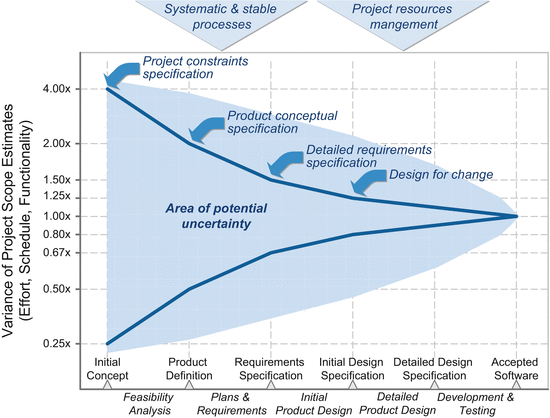
Emerging Requirements
Wikipedia
Waterfall Model
Wikipedia
Waterfall Model
"May not know exactly what their requirements are before they see working software and so change their requirements, leading to redesign, redevelopment, and retesting, and increased costs. Designers may not be aware of future difficulties when designing a new software product or feature, in which case it is better to revise the design than persist in a design that does not account for any newly discovered constraints, requirements, or problems."

Emerging Requirements
Wikipedia
Waterfall Model
Wikipedia
Waterfall Model
"May not know exactly what their requirements are before they see working software and so change their requirements, leading to redesign, redevelopment, and retesting, and increased costs. Designers may not be aware of future difficulties when designing a new software product or feature, in which case it is better to revise the design than persist in a design that does not account for any newly discovered constraints, requirements, or problems."

Emerging Requirements
Wikipedia
Waterfall Model
Wikipedia
Waterfall Model
"May not know exactly what their requirements are before they see working software and so change their requirements, leading to redesign, redevelopment, and retesting, and increased costs. Designers may not be aware of future difficulties when designing a new software product or feature, in which case it is better to revise the design than persist in a design that does not account for any newly discovered constraints, requirements, or problems."

Emerging Requirements
Wikipedia
Waterfall Model
Wikipedia
Waterfall Model
"May not know exactly what their requirements are before they see working software and so change their requirements, leading to redesign, redevelopment, and retesting, and increased costs. Designers may not be aware of future difficulties when designing a new software product or feature, in which case it is better to revise the design than persist in a design that does not account for any newly discovered constraints, requirements, or problems."

Emerging Requirements
Wikipedia
Waterfall Model
Wikipedia
Waterfall Model
"May not know exactly what their requirements are before they see working software and so change their requirements, leading to redesign, redevelopment, and retesting, and increased costs. Designers may not be aware of future difficulties when designing a new software product or feature, in which case it is better to revise the design than persist in a design that does not account for any newly discovered constraints, requirements, or problems."

Emerging Requirements
Wikipedia
Waterfall Model
Wikipedia
Waterfall Model
"May not know exactly what their requirements are before they see working software and so change their requirements, leading to redesign, redevelopment, and retesting, and increased costs. Designers may not be aware of future difficulties when designing a new software product or feature, in which case it is better to revise the design than persist in a design that does not account for any newly discovered constraints, requirements, or problems."


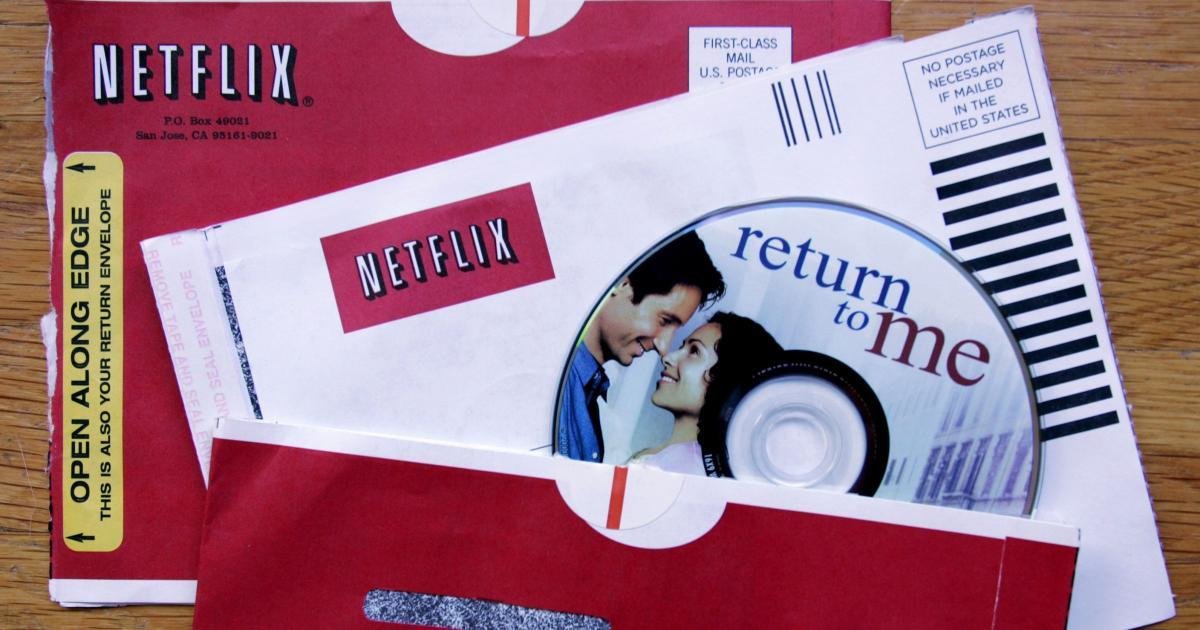

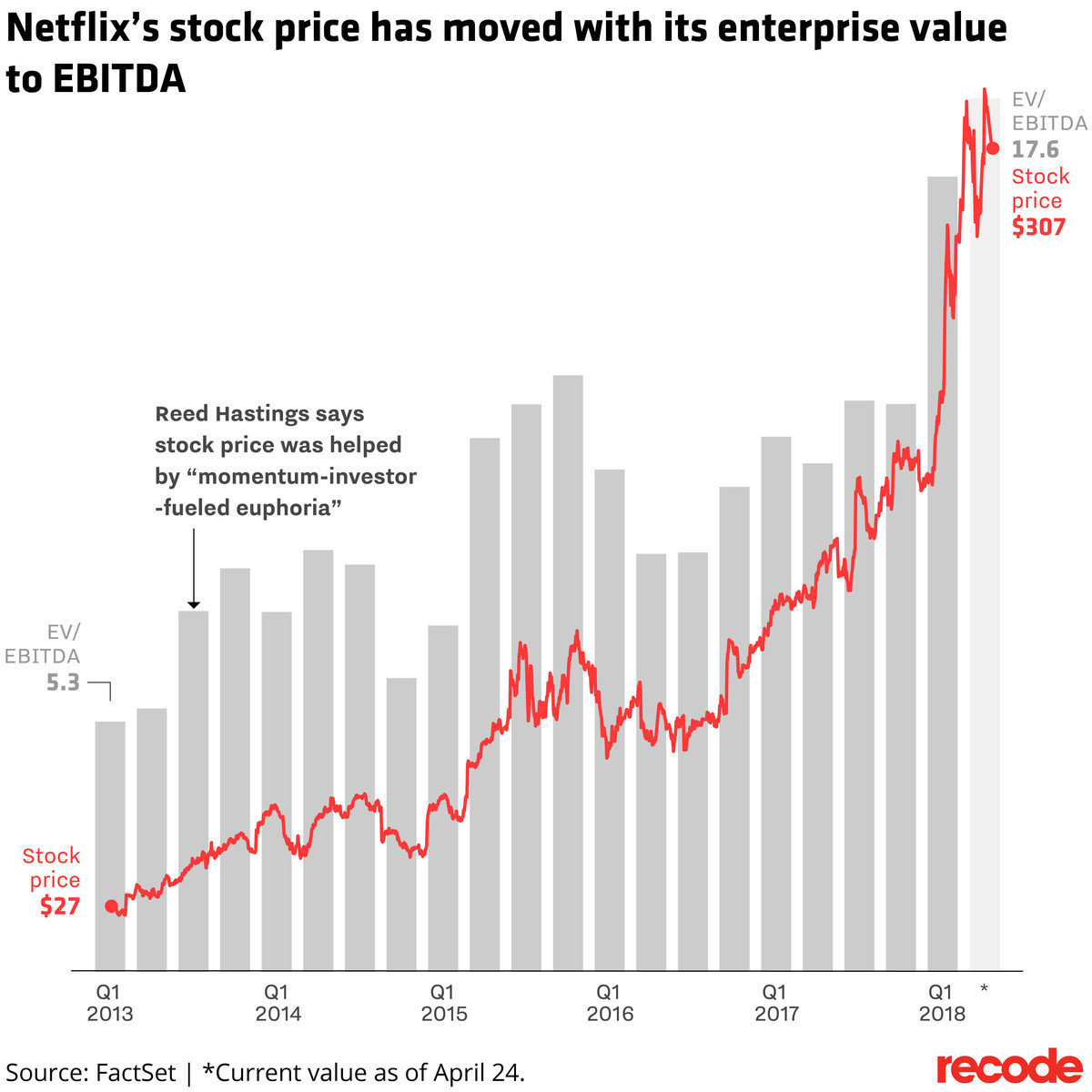

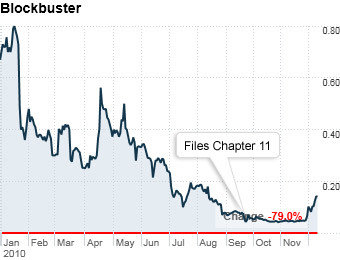
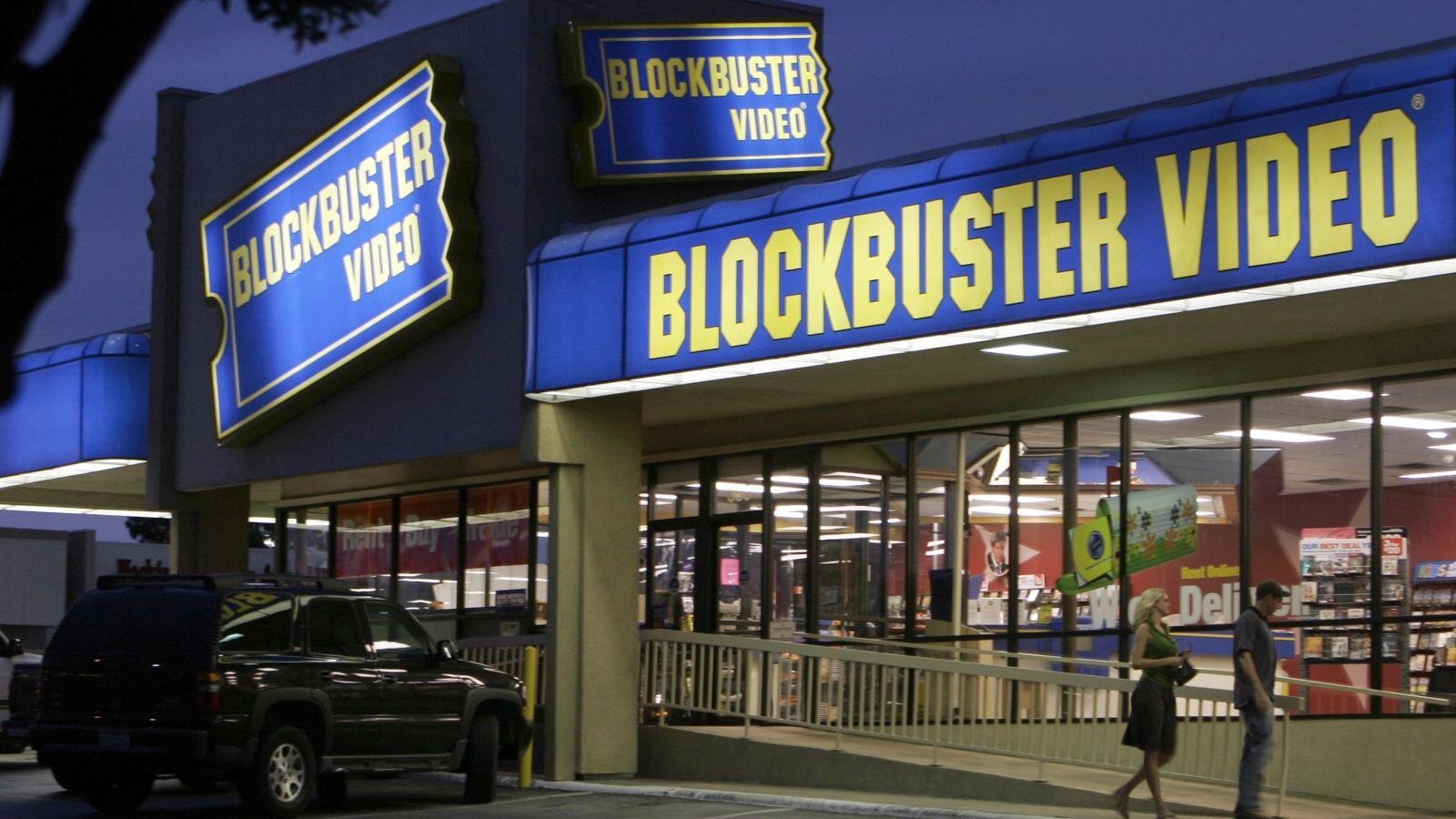
A Tale of Two Approaches
A Tale of Two Approaches







A Tale of Two Approaches







A Tale of Two Approaches


🏉 Scrum and Lean
Pass the ball boet!
As Umbrella Term
"During the 1990s, a number of lightweight software development methods evolved in reaction to the prevailing heavyweight methods (often referred to collectively as waterfall) that critics described as overly regulated, planned, and micro-managed. [...] Although these all originated before the publication of the Agile Manifesto, they are now collectively referred to as agile software development methods."
Wikipedia
Agile Software Development

As Umbrella Term
"During the 1990s, a number of lightweight software development methods evolved in reaction to the prevailing heavyweight methods (often referred to collectively as waterfall) that critics described as overly regulated, planned, and micro-managed. [...] Although these all originated before the publication of the Agile Manifesto, they are now collectively referred to as agile software development methods."
Wikipedia
Agile Software Development

As Umbrella Term
"During the 1990s, a number of lightweight software development methods evolved in reaction to the prevailing heavyweight methods (often referred to collectively as waterfall) that critics described as overly regulated, planned, and micro-managed. [...] Although these all originated before the publication of the Agile Manifesto, they are now collectively referred to as agile software development methods."
Wikipedia
Agile Software Development

As Umbrella Term
"During the 1990s, a number of lightweight software development methods evolved in reaction to the prevailing heavyweight methods (often referred to collectively as waterfall) that critics described as overly regulated, planned, and micro-managed. [...] Although these all originated before the publication of the Agile Manifesto, they are now collectively referred to as agile software development methods."
Wikipedia
Agile Software Development

As Umbrella Term
"During the 1990s, a number of lightweight software development methods evolved in reaction to the prevailing heavyweight methods (often referred to collectively as waterfall) that critics described as overly regulated, planned, and micro-managed. [...] Although these all originated before the publication of the Agile Manifesto, they are now collectively referred to as agile software development methods."
Wikipedia
Agile Software Development

As Umbrella Term
"During the 1990s, a number of lightweight software development methods evolved in reaction to the prevailing heavyweight methods (often referred to collectively as waterfall) that critics described as overly regulated, planned, and micro-managed. [...] Although these all originated before the publication of the Agile Manifesto, they are now collectively referred to as agile software development methods."
Wikipedia
Agile Software Development

As Umbrella Term
"During the 1990s, a number of lightweight software development methods evolved in reaction to the prevailing heavyweight methods (often referred to collectively as waterfall) that critics described as overly regulated, planned, and micro-managed. [...] Although these all originated before the publication of the Agile Manifesto, they are now collectively referred to as agile software development methods."
Wikipedia
Agile Software Development

Post Modernism
Blockchain
Machine Learning
4th Industry Revolution
Agile
Agile Manifesto
"Individuals and interactions
over processes and tools
Working software
over comprehensive documentation
Customer collaboration
over contract negotiation
Responding to change
over following a plan"
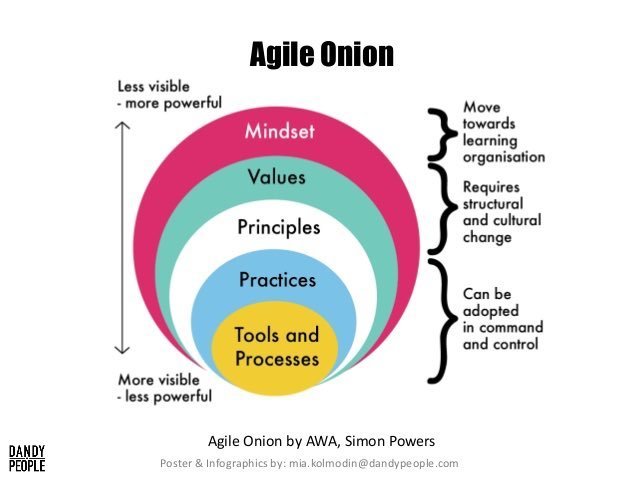
Agile Manifesto
"Individuals and interactions
over processes and tools
Working software
over comprehensive documentation
Customer collaboration
over contract negotiation
Responding to change
over following a plan"

Agile Manifesto
"Individuals and interactions
over processes and tools
Working software
over comprehensive documentation
Customer collaboration
over contract negotiation
Responding to change
over following a plan"

DAILY STANDUPS
Agile Manifesto
"Individuals and interactions
over processes and tools
Working software
over comprehensive documentation
Customer collaboration
over contract negotiation
Responding to change
over following a plan"

DAILY STANDUPS
Agile Manifesto
"Individuals and interactions
over processes and tools
Working software
over comprehensive documentation
Customer collaboration
over contract negotiation
Responding to change
over following a plan"

DAILY STANDUPS
Agile Manifesto
"Individuals and interactions
over processes and tools
Working software
over comprehensive documentation
Customer collaboration
over contract negotiation
Responding to change
over following a plan"

DAILY STANDUPS
WEEKLY SPRINTS
Agile Manifesto
"Individuals and interactions
over processes and tools
Working software
over comprehensive documentation
Customer collaboration
over contract negotiation
Responding to change
over following a plan"

DAILY STANDUPS
WEEKLY SPRINTS
Agile Manifesto
"Individuals and interactions
over processes and tools
Working software
over comprehensive documentation
Customer collaboration
over contract negotiation
Responding to change
over following a plan"

DAILY STANDUPS
WEEKLY SPRINTS
Agile Manifesto
"Individuals and interactions
over processes and tools
Working software
over comprehensive documentation
Customer collaboration
over contract negotiation
Responding to change
over following a plan"

DAILY STANDUPS
WEEKLY SPRINTS
PRODUCT OWNER
Agile Manifesto
"Individuals and interactions
over processes and tools
Working software
over comprehensive documentation
Customer collaboration
over contract negotiation
Responding to change
over following a plan"

DAILY STANDUPS
WEEKLY SPRINTS
PRODUCT OWNER
Agile Manifesto
"Individuals and interactions
over processes and tools
Working software
over comprehensive documentation
Customer collaboration
over contract negotiation
Responding to change
over following a plan"

DAILY STANDUPS
WEEKLY SPRINTS
PRODUCT OWNER
Agile Manifesto
"Individuals and interactions
over processes and tools
Working software
over comprehensive documentation
Customer collaboration
over contract negotiation
Responding to change
over following a plan"

DAILY STANDUPS
WEEKLY SPRINTS
PRODUCT OWNER
USER STORIES
Scrum Time Tjomma!
Wikipedia
Scrum (software development)
"Scrum is an agile framework for developing, delivering, and sustaining complex products, with an initial emphasis on software development, although it has been used in other fields including research, sales, marketing and advanced technologies."

Scrum Time Tjomma!
Wikipedia
Scrum (software development)
"Scrum is an agile framework for developing, delivering, and sustaining complex products, with an initial emphasis on software development, although it has been used in other fields including research, sales, marketing and advanced technologies."

Scrum Time Tjomma!
Wikipedia
Scrum (software development)
"Scrum is an agile framework for developing, delivering, and sustaining complex products, with an initial emphasis on software development, although it has been used in other fields including research, sales, marketing and advanced technologies."

Scrum Time Tjomma!
Wikipedia
Scrum (software development)
"Scrum is an agile framework for developing, delivering, and sustaining complex products, with an initial emphasis on software development, although it has been used in other fields including research, sales, marketing and advanced technologies."

Scrum Time Tjomma!
Wikipedia
Scrum (software development)
"Scrum is an agile framework for developing, delivering, and sustaining complex products, with an initial emphasis on software development, although it has been used in other fields including research, sales, marketing and advanced technologies."

International Report
State of Agile Report (2020)
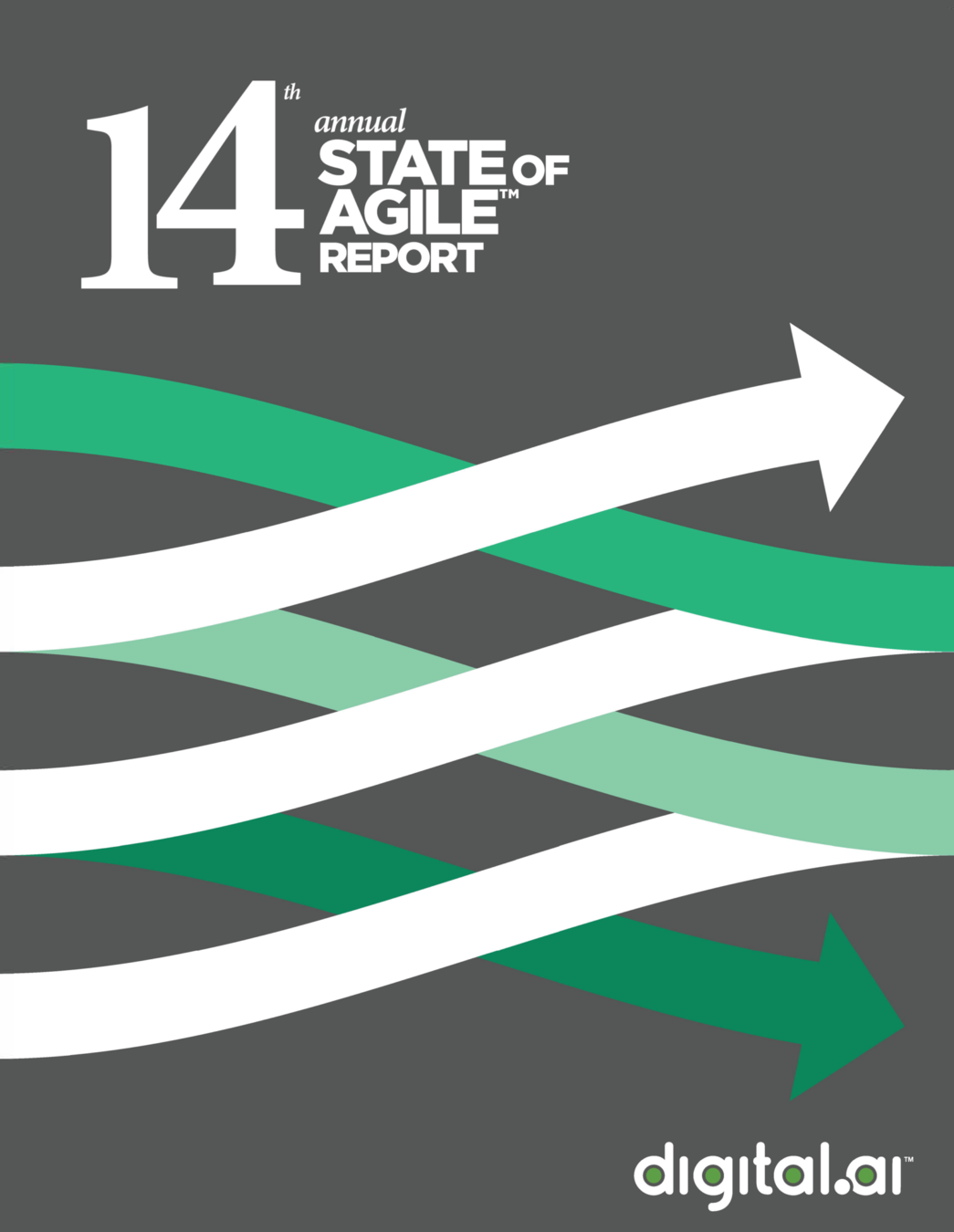
"Reduced project cost is reported as an important reason for adopting Agile by 26% of the respondents this year. [...] Scrum is the most widely practiced Agile method/framework, with at least 75% of respondents practicing Scrum or a hybrid that includes Scrum."
International Report
State of Agile Report (2020)

"Reduced project cost is reported as an important reason for adopting Agile by 26% of the respondents this year. [...] Scrum is the most widely practiced Agile method/framework, with at least 75% of respondents practicing Scrum or a hybrid that includes Scrum."
International Report
State of Agile Report (2020)

"Reduced project cost is reported as an important reason for adopting Agile by 26% of the respondents this year. [...] Scrum is the most widely practiced Agile method/framework, with at least 75% of respondents practicing Scrum or a hybrid that includes Scrum."
International Report
State of Agile Report (2020)

"Reduced project cost is reported as an important reason for adopting Agile by 26% of the respondents this year. [...] Scrum is the most widely practiced Agile method/framework, with at least 75% of respondents practicing Scrum or a hybrid that includes Scrum."
How does Scrum Work?
"It is designed for teams of ten or fewer members, who break their work into goals that can be completed within time-boxed iterations, called sprints, no longer than one month and most commonly two weeks. The Scrum Team assess progress in time-boxed daily meetings of 15 minutes or less, called daily scrums."
Wikipedia
Scrum (software development)
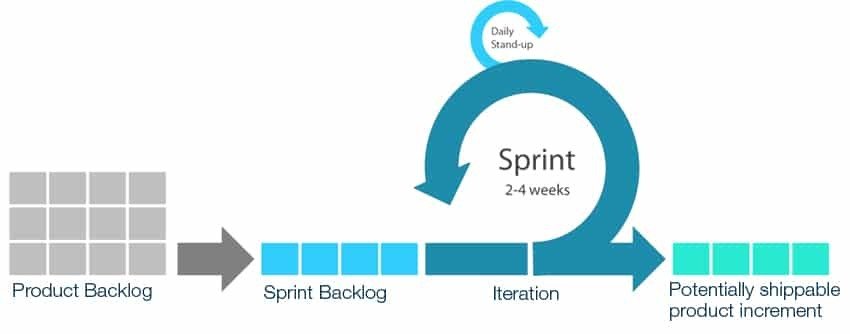


How does Scrum Work?
"It is designed for teams of ten or fewer members, who break their work into goals that can be completed within time-boxed iterations, called sprints, no longer than one month and most commonly two weeks. The Scrum Team assess progress in time-boxed daily meetings of 15 minutes or less, called daily scrums."
Wikipedia
Scrum (software development)



How does Scrum Work?
"It is designed for teams of ten or fewer members, who break their work into goals that can be completed within time-boxed iterations, called sprints, no longer than one month and most commonly two weeks. The Scrum Team assess progress in time-boxed daily meetings of 15 minutes or less, called daily scrums."
Wikipedia
Scrum (software development)



How does Scrum Work?
"It is designed for teams of ten or fewer members, who break their work into goals that can be completed within time-boxed iterations, called sprints, no longer than one month and most commonly two weeks. The Scrum Team assess progress in time-boxed daily meetings of 15 minutes or less, called daily scrums."
Wikipedia
Scrum (software development)



How does Scrum Work?
"It is designed for teams of ten or fewer members, who break their work into goals that can be completed within time-boxed iterations, called sprints, no longer than one month and most commonly two weeks. The Scrum Team assess progress in time-boxed daily meetings of 15 minutes or less, called daily scrums."
Wikipedia
Scrum (software development)



How does Scrum Work?
"It is designed for teams of ten or fewer members, who break their work into goals that can be completed within time-boxed iterations, called sprints, no longer than one month and most commonly two weeks. The Scrum Team assess progress in time-boxed daily meetings of 15 minutes or less, called daily scrums."
Wikipedia
Scrum (software development)



How does Scrum Work?
"It is designed for teams of ten or fewer members, who break their work into goals that can be completed within time-boxed iterations, called sprints, no longer than one month and most commonly two weeks. The Scrum Team assess progress in time-boxed daily meetings of 15 minutes or less, called daily scrums."
Wikipedia
Scrum (software development)



How does Scrum Work?
"It is designed for teams of ten or fewer members, who break their work into goals that can be completed within time-boxed iterations, called sprints, no longer than one month and most commonly two weeks. The Scrum Team assess progress in time-boxed daily meetings of 15 minutes or less, called daily scrums."
Wikipedia
Scrum (software development)



How does Scrum Work?
"It is designed for teams of ten or fewer members, who break their work into goals that can be completed within time-boxed iterations, called sprints, no longer than one month and most commonly two weeks. The Scrum Team assess progress in time-boxed daily meetings of 15 minutes or less, called daily scrums."
Wikipedia
Scrum (software development)



How does Scrum Work?
"It is designed for teams of ten or fewer members, who break their work into goals that can be completed within time-boxed iterations, called sprints, no longer than one month and most commonly two weeks. The Scrum Team assess progress in time-boxed daily meetings of 15 minutes or less, called daily scrums."
Wikipedia
Scrum (software development)



How does Scrum Work?
"It is designed for teams of ten or fewer members, who break their work into goals that can be completed within time-boxed iterations, called sprints, no longer than one month and most commonly two weeks. The Scrum Team assess progress in time-boxed daily meetings of 15 minutes or less, called daily scrums."
Wikipedia
Scrum (software development)



How does Scrum Work?
"It is designed for teams of ten or fewer members, who break their work into goals that can be completed within time-boxed iterations, called sprints, no longer than one month and most commonly two weeks. The Scrum Team assess progress in time-boxed daily meetings of 15 minutes or less, called daily scrums."
Wikipedia
Scrum (software development)



How does Scrum Work?
"It is designed for teams of ten or fewer members, who break their work into goals that can be completed within time-boxed iterations, called sprints, no longer than one month and most commonly two weeks. The Scrum Team assess progress in time-boxed daily meetings of 15 minutes or less, called daily scrums."
Wikipedia
Scrum (software development)



How does Scrum Work?
"It is designed for teams of ten or fewer members, who break their work into goals that can be completed within time-boxed iterations, called sprints, no longer than one month and most commonly two weeks. The Scrum Team assess progress in time-boxed daily meetings of 15 minutes or less, called daily scrums."
Wikipedia
Scrum (software development)



How does Scrum Work?
"It is designed for teams of ten or fewer members, who break their work into goals that can be completed within time-boxed iterations, called sprints, no longer than one month and most commonly two weeks. The Scrum Team assess progress in time-boxed daily meetings of 15 minutes or less, called daily scrums."
Wikipedia
Scrum (software development)



Building is Learning
Eric Reis
The Lean Startup (2011)
“We must learn what customers really want, not what they say they want or what we think they should want. [...] Most of the time customers don’t know what they want in advance. [...] The only way to win is to learn faster than anyone else.”

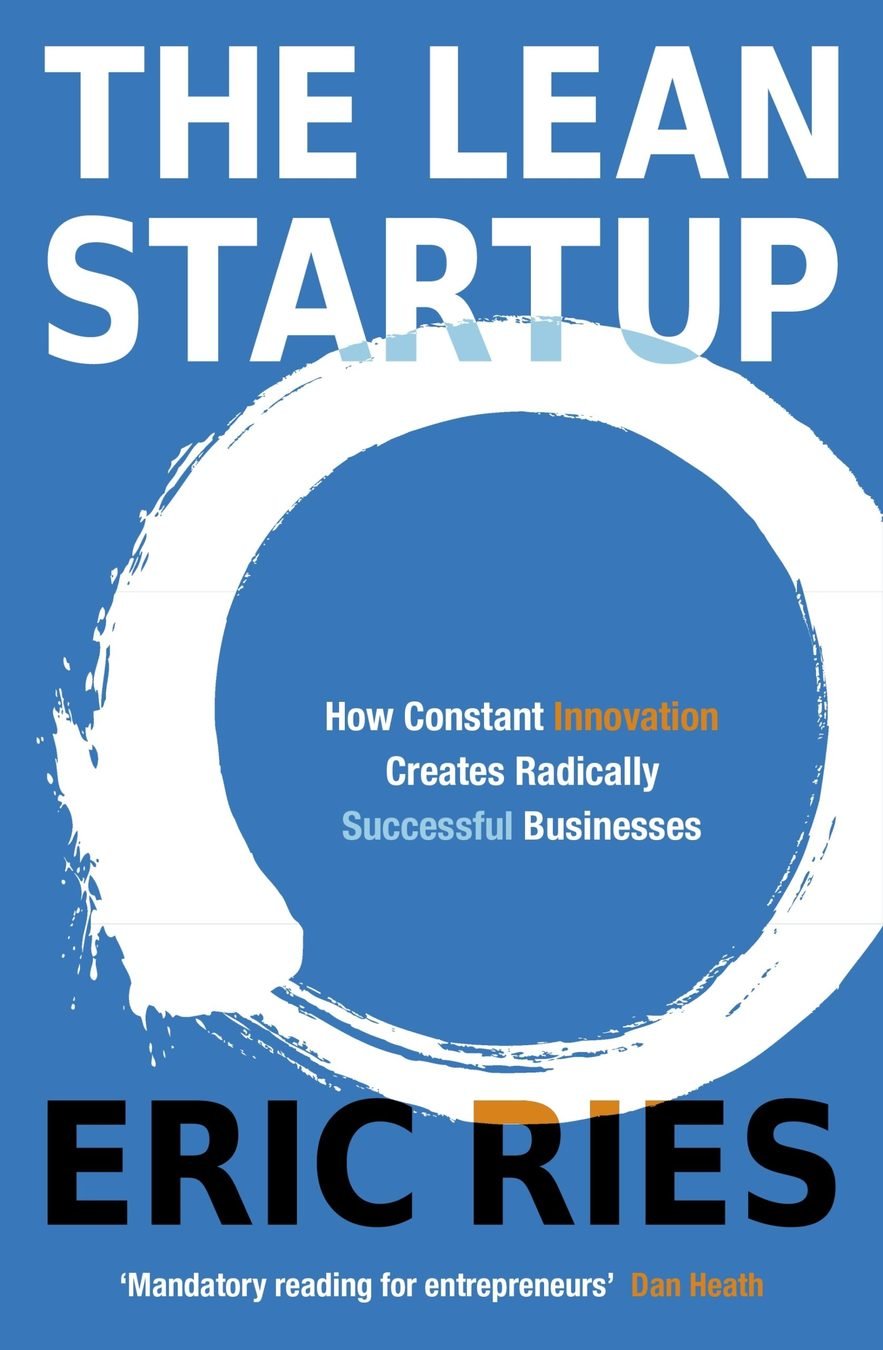
Building is Learning
Eric Reis
The Lean Startup (2011)
“We must learn what customers really want, not what they say they want or what we think they should want. [...] Most of the time customers don’t know what they want in advance. [...] The only way to win is to learn faster than anyone else.”


Building is Learning
Eric Reis
The Lean Startup (2011)
“We must learn what customers really want, not what they say they want or what we think they should want. [...] Most of the time customers don’t know what they want in advance. [...] The only way to win is to learn faster than anyone else.”


Building is Learning
Eric Reis
The Lean Startup (2011)
“We must learn what customers really want, not what they say they want or what we think they should want. [...] Most of the time customers don’t know what they want in advance. [...] The only way to win is to learn faster than anyone else.”


Building is Learning
Eric Reis
The Lean Startup (2011)
“We must learn what customers really want, not what they say they want or what we think they should want. [...] Most of the time customers don’t know what they want in advance. [...] The only way to win is to learn faster than anyone else.”


Building is Learning
Eric Reis
The Lean Startup (2011)
“We must learn what customers really want, not what they say they want or what we think they should want. [...] Most of the time customers don’t know what they want in advance. [...] The only way to win is to learn faster than anyone else.”


Building is Learning
Eric Reis
The Lean Startup (2011)
“We must learn what customers really want, not what they say they want or what we think they should want. [...] Most of the time customers don’t know what they want in advance. [...] The only way to win is to learn faster than anyone else.”







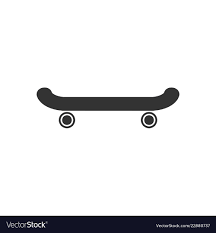



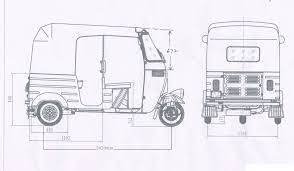
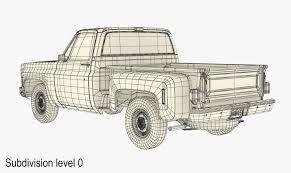
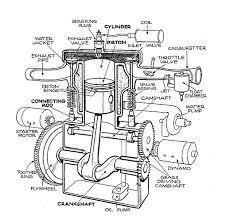


Waterfall
Lean Sprints














Waterfall
Lean Sprints


Eating the Lean Dog Food
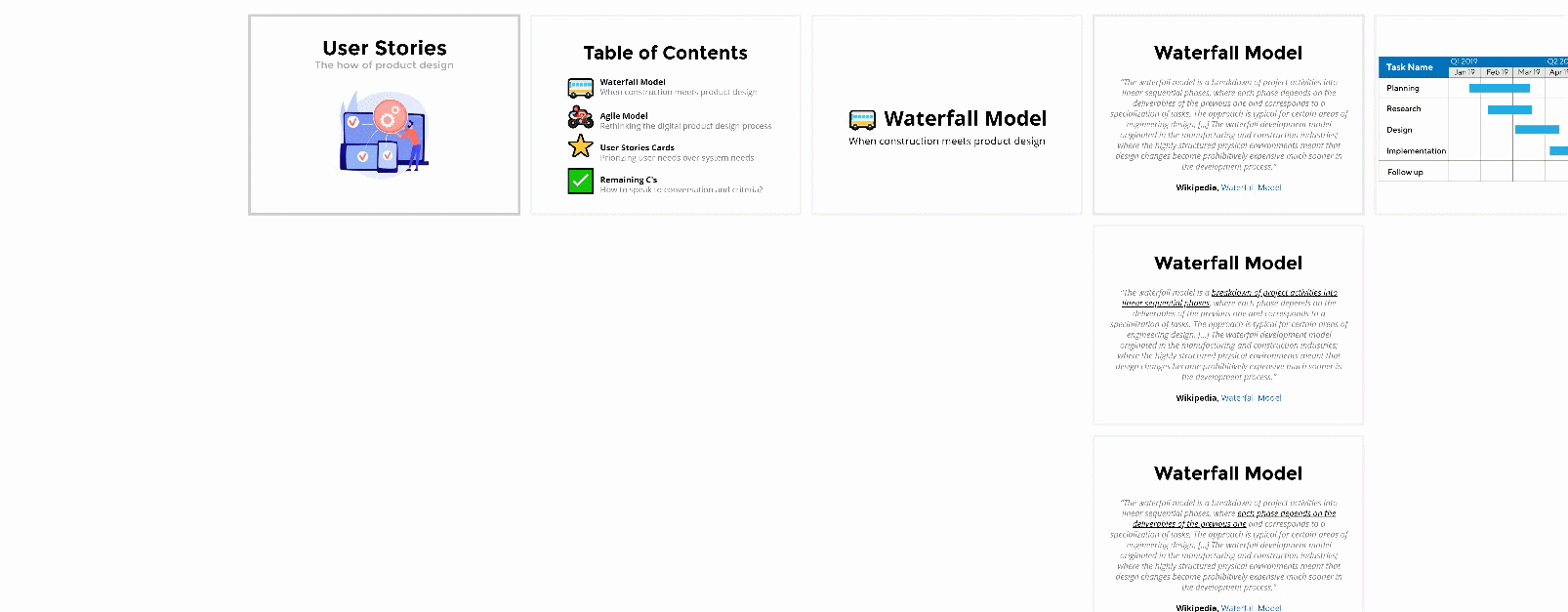
👽 User Stories
The glue that binds Scrum and Lean
User Story
Wikipedia
User Story
"In software development and product management, a user story is an informal, natural language description of one or more features of a software system. User stories are often written from the perspective of an end user or user of a system. They are often recorded on index cards, on Post-it notes, or digitally in project management software."

User Story
Wikipedia
User Story
"In software development and product management, a user story is an informal, natural language description of one or more features of a software system. User stories are often written from the perspective of an end user or user of a system. They are often recorded on index cards, on Post-it notes, or digitally in project management software."

User Story
Wikipedia
User Story
"In software development and product management, a user story is an informal, natural language description of one or more features of a software system. User stories are often written from the perspective of an end user or user of a system. They are often recorded on index cards, on Post-it notes, or digitally in project management software."

User Story
Wikipedia
User Story
"In software development and product management, a user story is an informal, natural language description of one or more features of a software system. User stories are often written from the perspective of an end user or user of a system. They are often recorded on index cards, on Post-it notes, or digitally in project management software."

User Story
Wikipedia
User Story
"In software development and product management, a user story is an informal, natural language description of one or more features of a software system. User stories are often written from the perspective of an end user or user of a system. They are often recorded on index cards, on Post-it notes, or digitally in project management software."

User Story
Wikipedia
User Story
"In software development and product management, a user story is an informal, natural language description of one or more features of a software system. User stories are often written from the perspective of an end user or user of a system. They are often recorded on index cards, on Post-it notes, or digitally in project management software."

Connextra Template
As a <role>, I want <capability>, so that <goal>As a <user>, I want to <read book reviews>, so that <I can decide which one to buy>.As a <user>, I want to <be able to cancel my reservation at anytime>, so that <I do not lose all the money if an incident occurs>.As a <user>, I want to <view my statement balance>, so that <I can pay the amount owed>.Connextra Template
As a <role>, I want <capability>, so that <goal>As a <user>, I want to <read book reviews>, so that <I can decide which one to buy>.As a <user>, I want to <be able to cancel my reservation at anytime>, so that <I do not lose all the money if an incident occurs>.As a <user>, I want to <view my statement balance>, so that <I can pay the amount owed>.Connextra Template
As a <role>, I want <capability>, so that <goal>As a <user>, I want to <read book reviews>, so that <I can decide which one to buy>.As a <user>, I want to <be able to cancel my reservation at anytime>, so that <I do not lose all the money if an incident occurs>.As a <user>, I want to <view my statement balance>, so that <I can pay the amount owed>.Connextra Template
As a <role>, I want <capability>, so that <goal>As a <user>, I want to <read book reviews>, so that <I can decide which one to buy>.As a <user>, I want to <be able to cancel my reservation at anytime>, so that <I do not lose all the money if an incident occurs>.As a <user>, I want to <view my statement balance>, so that <I can pay the amount owed>.Connextra Template
As a <role>, I want <capability>, so that <goal>As a <user>, I want to <read book reviews>, so that <I can decide which one to buy>.As a <user>, I want to <be able to cancel my reservation at anytime>, so that <I do not lose all the money if an incident occurs>.As a <user>, I want to <view my statement balance>, so that <I can pay the amount owed>.Other Templates
In order to <goal> as a <role>, I can <capability>As <who> <when> <where>, I <want> because <why>- Prioritizing value:
- Based on Five W's:
Other Templates
In order to <goal> as a <role>, I can <capability>As <who> <when> <where>, I <want> because <why>- Prioritizing value:
- Based on Five W's:
Other Templates
In order to <goal> as a <role>, I can <capability>As <who> <when> <where>, I <want> because <why>- Prioritizing value:
- Based on Five W's:
Kanban
Wikipedia
Kanban
"Kanban (Japanese 看板, signboard or billboard) is a lean method to manage and improve work across human systems. [...] Work items are visualized to give participants a view of progress and process, from start to finish—usually via a Kanban board. Work is pulled as capacity permits, rather than work being pushed into the process when requested."

Kanban
Wikipedia
Kanban
"Kanban (Japanese 看板, signboard or billboard) is a lean method to manage and improve work across human systems. [...] Work items are visualized to give participants a view of progress and process, from start to finish—usually via a Kanban board. Work is pulled as capacity permits, rather than work being pushed into the process when requested."

Kanban
Wikipedia
Kanban
"Kanban (Japanese 看板, signboard or billboard) is a lean method to manage and improve work across human systems. [...] Work items are visualized to give participants a view of progress and process, from start to finish—usually via a Kanban board. Work is pulled as capacity permits, rather than work being pushed into the process when requested."

Kanban
Wikipedia
Kanban
"Kanban (Japanese 看板, signboard or billboard) is a lean method to manage and improve work across human systems. [...] Work items are visualized to give participants a view of progress and process, from start to finish—usually via a Kanban board. Work is pulled as capacity permits, rather than work being pushed into the process when requested."

Kanban
Wikipedia
Kanban
"Kanban (Japanese 看板, signboard or billboard) is a lean method to manage and improve work across human systems. [...] Work items are visualized to give participants a view of progress and process, from start to finish—usually via a Kanban board. Work is pulled as capacity permits, rather than work being pushed into the process when requested."

Kanban
Wikipedia
Kanban
"Kanban (Japanese 看板, signboard or billboard) is a lean method to manage and improve work across human systems. [...] Work items are visualized to give participants a view of progress and process, from start to finish—usually via a Kanban board. Work is pulled as capacity permits, rather than work being pushed into the process when requested."

Kanban
Wikipedia
Kanban
"Kanban (Japanese 看板, signboard or billboard) is a lean method to manage and improve work across human systems. [...] Work items are visualized to give participants a view of progress and process, from start to finish—usually via a Kanban board. Work is pulled as capacity permits, rather than work being pushed into the process when requested."

Trello
Wikipedia
Trello
"Trello is a web-based, Kanban-style, list-making application and is a subsidiary of Atlassian. [...] Users can create their task boards with different columns and move the tasks between them. Typically columns include task statuses such as To Do, In Progress, Done."

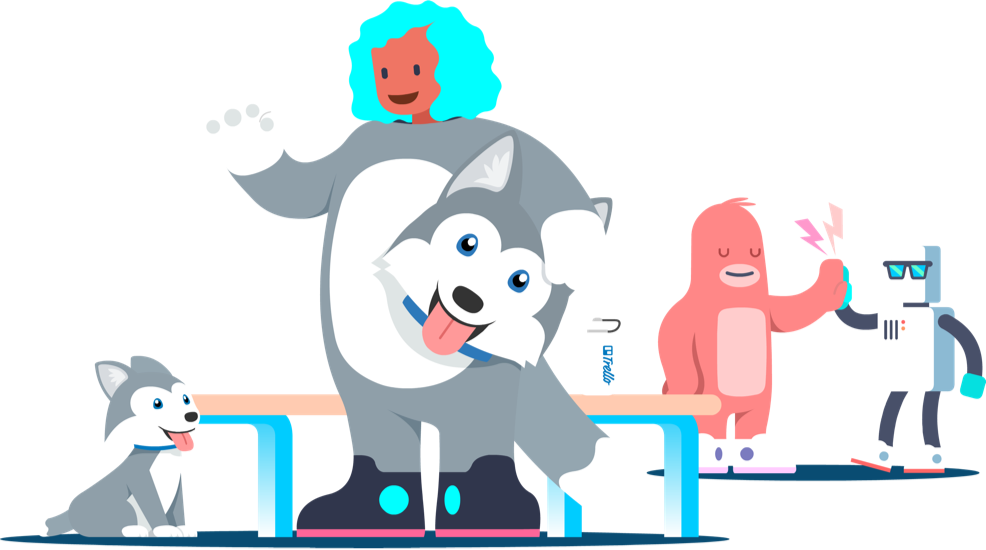
Trello
Wikipedia
Trello
"Trello is a web-based, Kanban-style, list-making application and is a subsidiary of Atlassian. [...] Users can create their task boards with different columns and move the tasks between them. Typically columns include task statuses such as To Do, In Progress, Done."


Trello
Wikipedia
Trello
"Trello is a web-based, Kanban-style, list-making application and is a subsidiary of Atlassian. [...] Users can create their task boards with different columns and move the tasks between them. Typically columns include task statuses such as To Do, In Progress, Done."


Trello
Wikipedia
Trello
"Trello is a web-based, Kanban-style, list-making application and is a subsidiary of Atlassian. [...] Users can create their task boards with different columns and move the tasks between them. Typically columns include task statuses such as To Do, In Progress, Done."


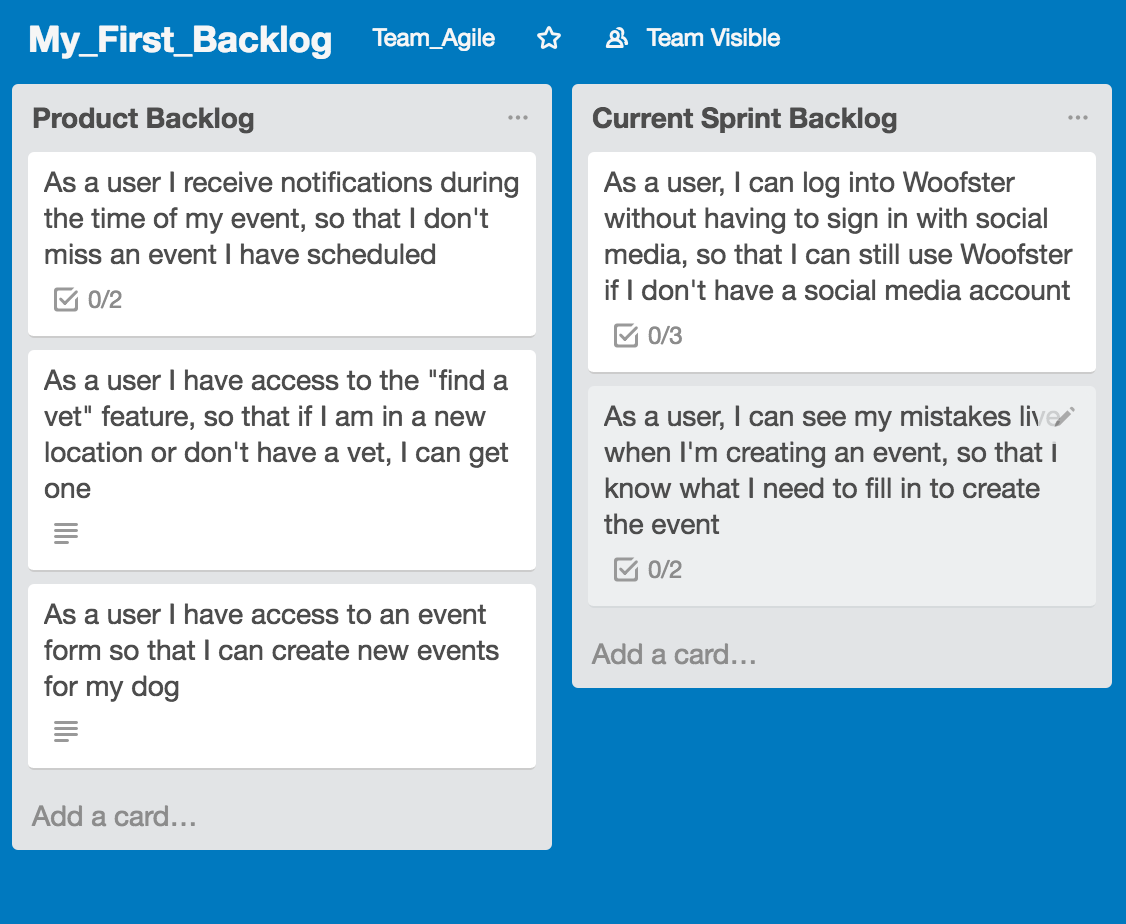
The Illusive User
Janet Taylor
"As a user" needs to stop. (2017)
"I’ve seen well-meaning product, design, and engineering folks take this approach to user stories and interpret them as magic words. Somehow, as long as we begin our task statement by uttering the “as a user” mantra, we’re magically taking a user-centered approach."


The Illusive User
Janet Taylor
"As a user" needs to stop. (2017)
"I’ve seen well-meaning product, design, and engineering folks take this approach to user stories and interpret them as magic words. Somehow, as long as we begin our task statement by uttering the “as a user” mantra, we’re magically taking a user-centered approach."


The Illusive User
Janet Taylor
"As a user" needs to stop. (2017)
"I’ve seen well-meaning product, design, and engineering folks take this approach to user stories and interpret them as magic words. Somehow, as long as we begin our task statement by uttering the “as a user” mantra, we’re magically taking a user-centered approach."


The Illusive User
Janet Taylor
"As a user" needs to stop. (2017)
"I’ve seen well-meaning product, design, and engineering folks take this approach to user stories and interpret them as magic words. Somehow, as long as we begin our task statement by uttering the “as a user” mantra, we’re magically taking a user-centered approach."


The Illusive User
Janet Taylor
"As a user" needs to stop. (2017)
"I’ve seen well-meaning product, design, and engineering folks take this approach to user stories and interpret them as magic words. Somehow, as long as we begin our task statement by uttering the “as a user” mantra, we’re magically taking a user-centered approach."


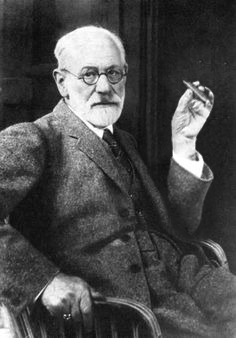
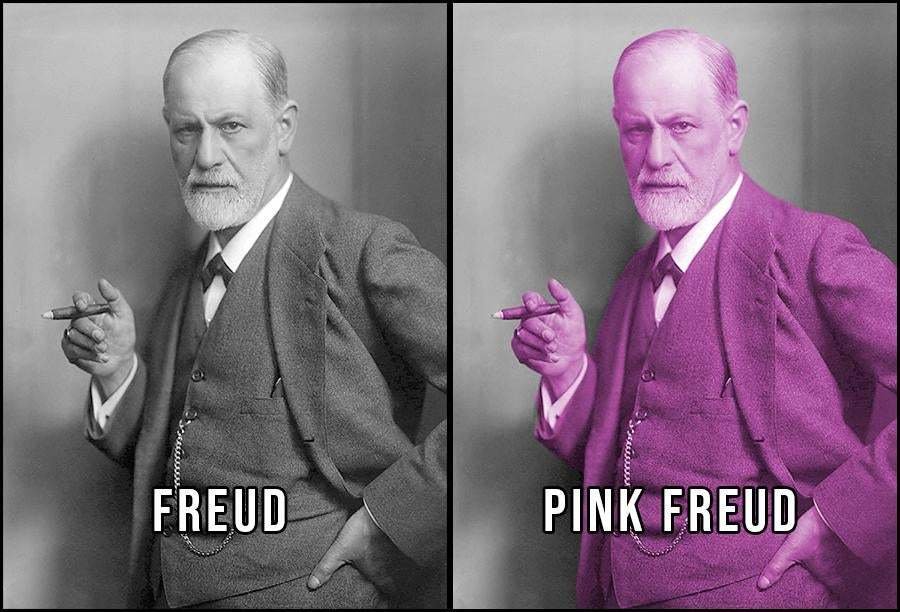
As a Specific User
As an <online student>, I want <the ability to message the instructor directly>, so that <I can get one-on-one help for any questions or advice needed>As an <online instructor>, I want <the ability to edit lectures>, so that <I can keep the course content up to date>.
As <a recruiter>, I want to <post new jobs>,
so that <applicants can find those jobs via search>As <a job seeker> I can <limit who sees my resume>,
so that <I have privacy>As a Specific User
As an <online student>, I want <the ability to message the instructor directly>, so that <I can get one-on-one help for any questions or advice needed>As an <online instructor>, I want <the ability to edit lectures>, so that <I can keep the course content up to date>.
As <a recruiter>, I want to <post new jobs>,
so that <applicants can find those jobs via search>As <a job seeker> I can <limit who sees my resume>,
so that <I have privacy>As a Specific User
As an <online student>, I want <the ability to message the instructor directly>, so that <I can get one-on-one help for any questions or advice needed>As an <online instructor>, I want <the ability to edit lectures>, so that <I can keep the course content up to date>.
As <a recruiter>, I want to <post new jobs>,
so that <applicants can find those jobs via search>As <a job seeker> I can <limit who sees my resume>,
so that <I have privacy>As a Specific User
As an <online student>, I want <the ability to message the instructor directly>, so that <I can get one-on-one help for any questions or advice needed>As an <online instructor>, I want <the ability to edit lectures>, so that <I can keep the course content up to date>.
As <a recruiter>, I want to <post new jobs>,
so that <applicants can find those jobs via search>As <a job seeker> I can <limit who sees my resume>,
so that <I have privacy>As a Specific User
As an <online student>, I want <the ability to message the instructor directly>, so that <I can get one-on-one help for any questions or advice needed>As an <online instructor>, I want <the ability to edit lectures>, so that <I can keep the course content up to date>.
As <a recruiter>, I want to <post new jobs>,
so that <applicants can find those jobs via search>As <a job seeker> I can <limit who sees my resume>,
so that <I have privacy>
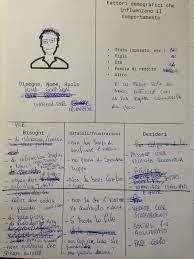
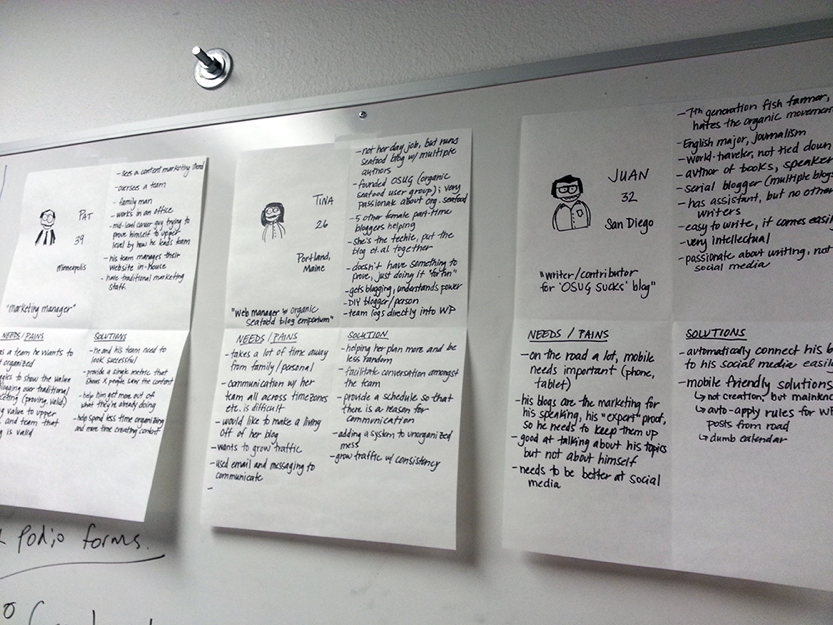
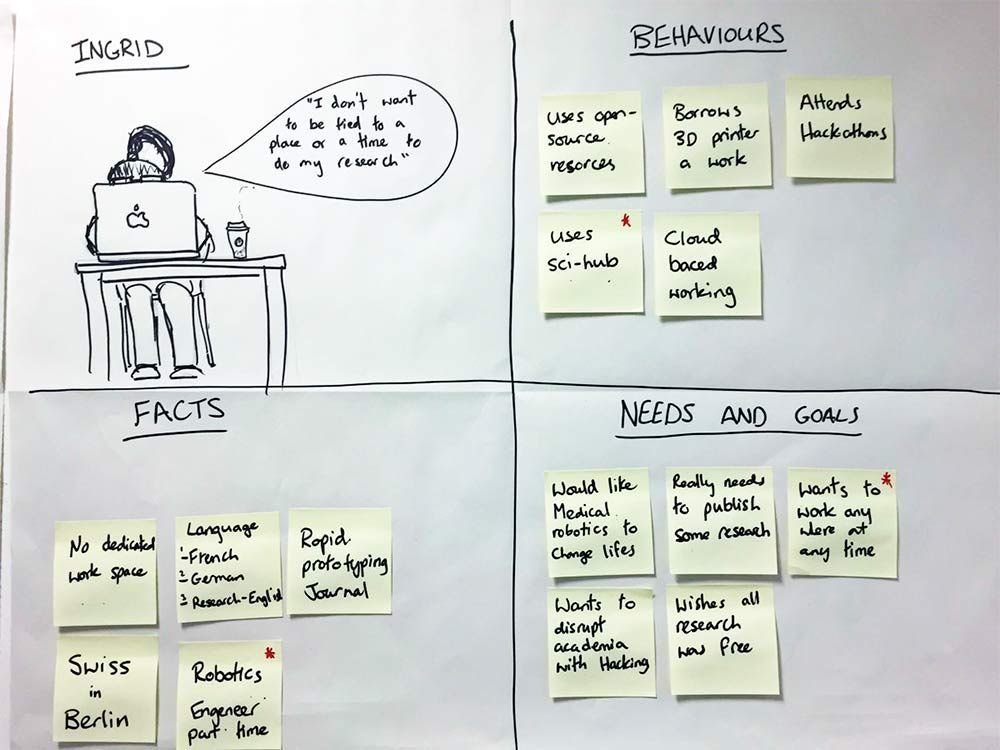
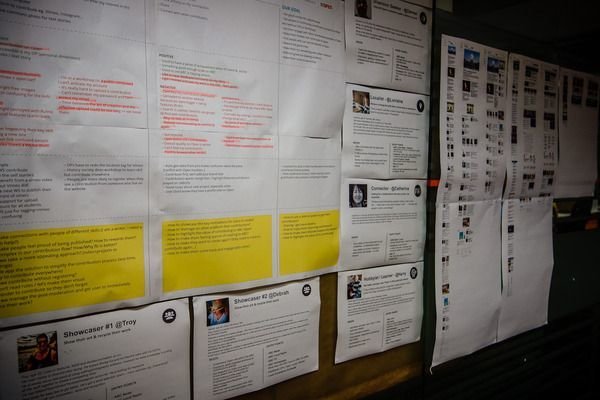
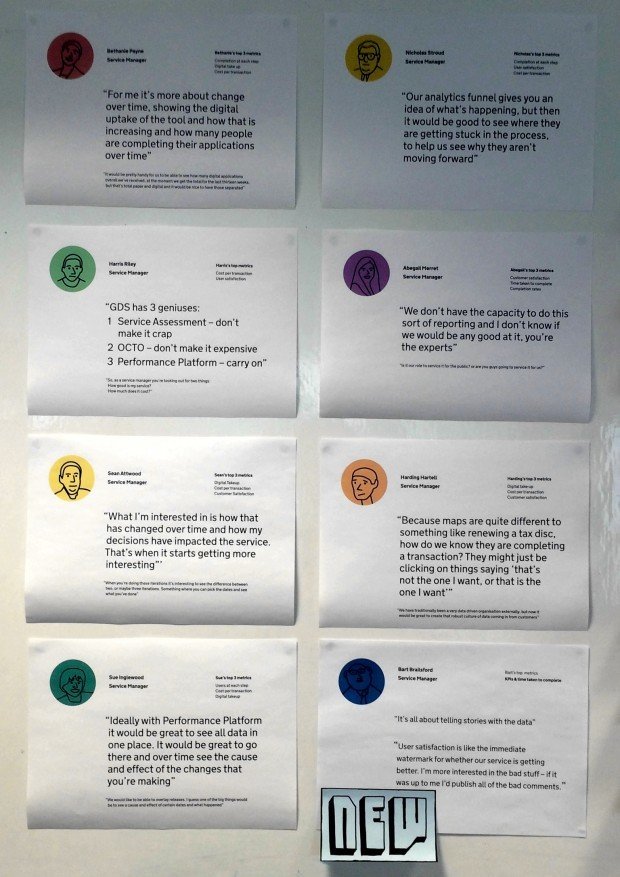
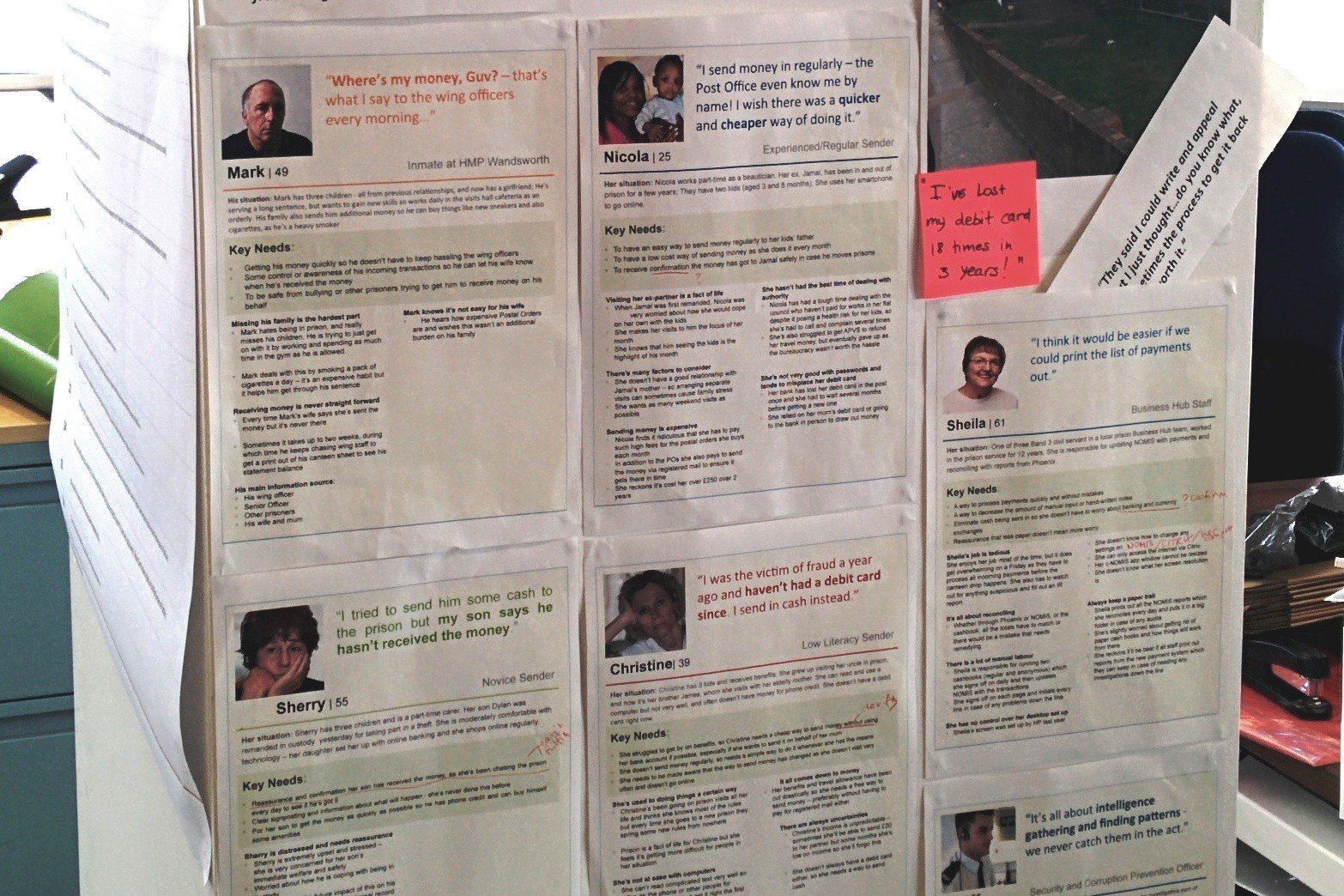
User Personas
Roman Pichler
From Personas to User Stories (2014)
"The first step towards writing the right user stories is to understand your target users and customers. After all, user stories want to tell a story about the users using the product. [...] which is the problem that has to be addressed or the benefit that should be provided."
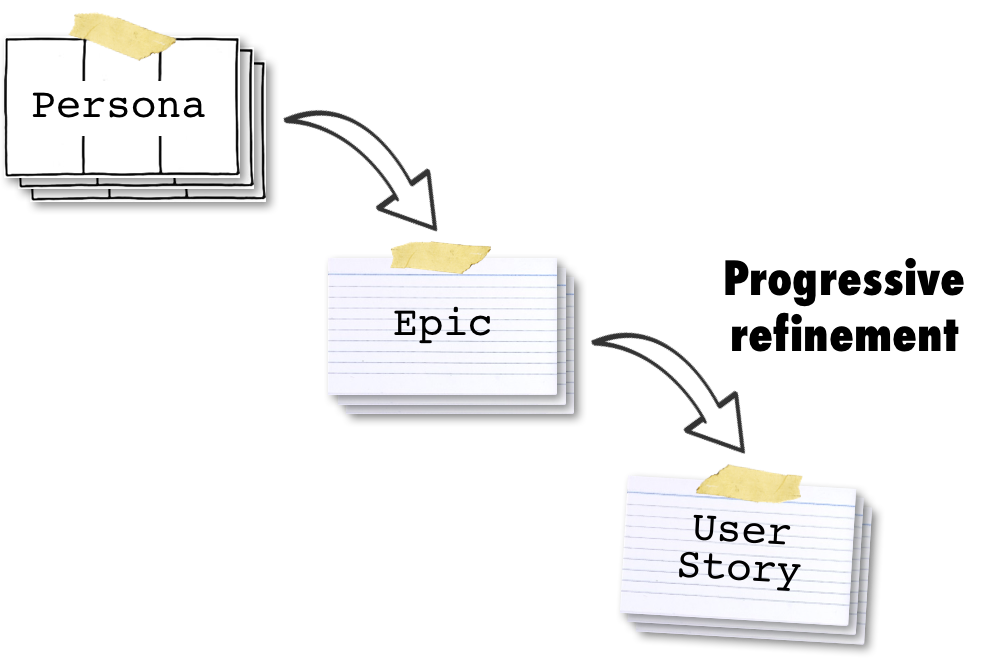

User Personas
Roman Pichler
From Personas to User Stories (2014)
"The first step towards writing the right user stories is to understand your target users and customers. After all, user stories want to tell a story about the users using the product. [...] which is the problem that has to be addressed or the benefit that should be provided."


User Personas
Roman Pichler
From Personas to User Stories (2014)
"The first step towards writing the right user stories is to understand your target users and customers. After all, user stories want to tell a story about the users using the product. [...] which is the problem that has to be addressed or the benefit that should be provided."


User Personas
Roman Pichler
From Personas to User Stories (2014)
"The first step towards writing the right user stories is to understand your target users and customers. After all, user stories want to tell a story about the users using the product. [...] which is the problem that has to be addressed or the benefit that should be provided."


User Personas
Roman Pichler
From Personas to User Stories (2014)
"The first step towards writing the right user stories is to understand your target users and customers. After all, user stories want to tell a story about the users using the product. [...] which is the problem that has to be addressed or the benefit that should be provided."


Epics
Atlassian Agile Coach
Agile epics
"Let’s say it’s 2050 and we work for a recreational space-travel organization. We do about a dozen launches a year, so each launch isn’t the single biggest thing we do in a year, but it’s still far from routine and will take many person-hours to complete. That sizing is just right for an epic. "
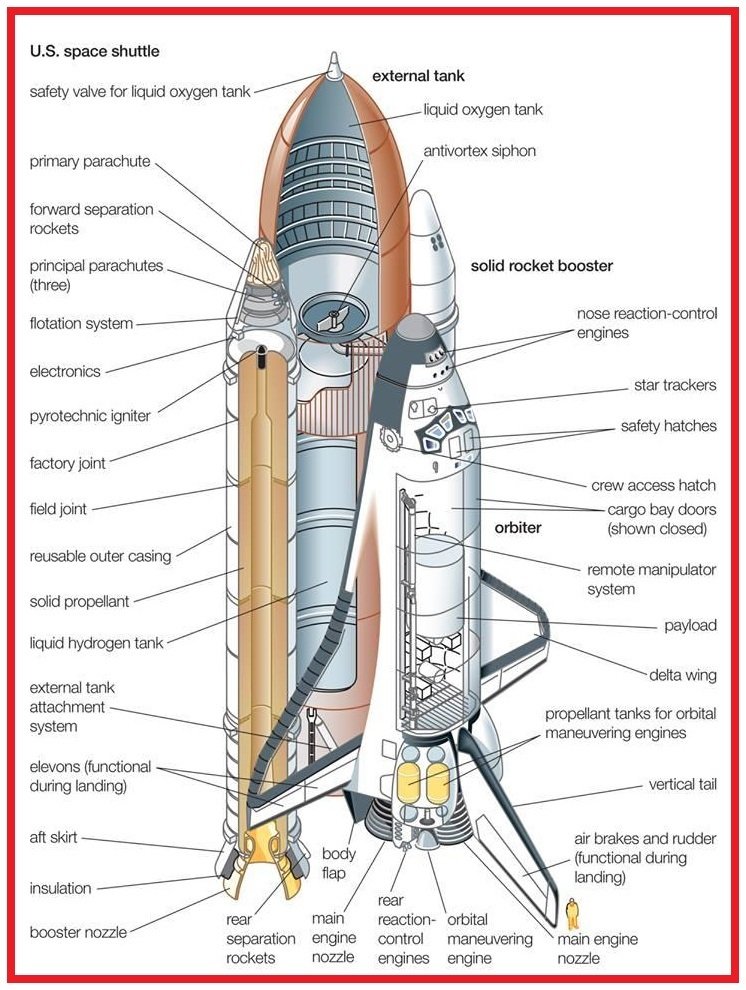
Epics
Atlassian Agile Coach
Agile epics
"Let’s say it’s 2050 and we work for a recreational space-travel organization. We do about a dozen launches a year, so each launch isn’t the single biggest thing we do in a year, but it’s still far from routine and will take many person-hours to complete. That sizing is just right for an epic. "

Epics
Atlassian Agile Coach
Agile epics
"Let’s say it’s 2050 and we work for a recreational space-travel organization. We do about a dozen launches a year, so each launch isn’t the single biggest thing we do in a year, but it’s still far from routine and will take many person-hours to complete. That sizing is just right for an epic. "

Epics
Atlassian Agile Coach
Agile epics
"Let’s say it’s 2050 and we work for a recreational space-travel organization. We do about a dozen launches a year, so each launch isn’t the single biggest thing we do in a year, but it’s still far from routine and will take many person-hours to complete. That sizing is just right for an epic. "

Epics
Atlassian Agile Coach
Agile epics
"Let’s say it’s 2050 and we work for a recreational space-travel organization. We do about a dozen launches a year, so each launch isn’t the single biggest thing we do in a year, but it’s still far from routine and will take many person-hours to complete. That sizing is just right for an epic. "

Epics
Atlassian Agile Coach
Agile epics
"Let’s say it’s 2050 and we work for a recreational space-travel organization. We do about a dozen launches a year, so each launch isn’t the single biggest thing we do in a year, but it’s still far from routine and will take many person-hours to complete. That sizing is just right for an epic. "

User Story as Promise

"The Product Owner will present her set of user stories she would like to discuss within a timebox, and is essentially asking the Scrum team to poke holes in her logic. Personally, I’ve gone into a Grooming meeting with one set of user stories, and based on the feedback I received, realized I had to reconstruct my User Stories in a way that made sense to the Development and QA team."
User Story as Promise

"The Product Owner will present her set of user stories she would like to discuss within a timebox, and is essentially asking the Scrum team to poke holes in her logic. Personally, I’ve gone into a Grooming meeting with one set of user stories, and based on the feedback I received, realized I had to reconstruct my User Stories in a way that made sense to the Development and QA team."
User Story as Promise

"The Product Owner will present her set of user stories she would like to discuss within a timebox, and is essentially asking the Scrum team to poke holes in her logic. Personally, I’ve gone into a Grooming meeting with one set of user stories, and based on the feedback I received, realized I had to reconstruct my User Stories in a way that made sense to the Development and QA team."
User Story as Promise

"The Product Owner will present her set of user stories she would like to discuss within a timebox, and is essentially asking the Scrum team to poke holes in her logic. Personally, I’ve gone into a Grooming meeting with one set of user stories, and based on the feedback I received, realized I had to reconstruct my User Stories in a way that made sense to the Development and QA team."
User Story as Promise

"The Product Owner will present her set of user stories she would like to discuss within a timebox, and is essentially asking the Scrum team to poke holes in her logic. Personally, I’ve gone into a Grooming meeting with one set of user stories, and based on the feedback I received, realized I had to reconstruct my User Stories in a way that made sense to the Development and QA team."
User Story as Promise

"The Product Owner will present her set of user stories she would like to discuss within a timebox, and is essentially asking the Scrum team to poke holes in her logic. Personally, I’ve gone into a Grooming meeting with one set of user stories, and based on the feedback I received, realized I had to reconstruct my User Stories in a way that made sense to the Development and QA team."
User Story as Promise

"The Product Owner will present her set of user stories she would like to discuss within a timebox, and is essentially asking the Scrum team to poke holes in her logic. Personally, I’ve gone into a Grooming meeting with one set of user stories, and based on the feedback I received, realized I had to reconstruct my User Stories in a way that made sense to the Development and QA team."
Scrum as Team Sport
Atlassian Agile Coach
Story points and estimation
"Involving everyone (developers, designers, testers, deployers... everyone) on the team is key. Each team member brings a different perspective on the product and the work required to deliver a user story. For example, if product management wants to do something that seems simple, like support a new web browser, development and QA need to weigh in because their experience has taught them what dragons may be lurking beneath the surface."

Scrum as Team Sport
Atlassian Agile Coach
Story points and estimation
"Involving everyone (developers, designers, testers, deployers... everyone) on the team is key. Each team member brings a different perspective on the product and the work required to deliver a user story. For example, if product management wants to do something that seems simple, like support a new web browser, development and QA need to weigh in because their experience has taught them what dragons may be lurking beneath the surface."

Scrum as Team Sport
Atlassian Agile Coach
Story points and estimation
"Involving everyone (developers, designers, testers, deployers... everyone) on the team is key. Each team member brings a different perspective on the product and the work required to deliver a user story. For example, if product management wants to do something that seems simple, like support a new web browser, development and QA need to weigh in because their experience has taught them what dragons may be lurking beneath the surface."

Scrum as Team Sport
Atlassian Agile Coach
Story points and estimation
"Involving everyone (developers, designers, testers, deployers... everyone) on the team is key. Each team member brings a different perspective on the product and the work required to deliver a user story. For example, if product management wants to do something that seems simple, like support a new web browser, development and QA need to weigh in because their experience has taught them what dragons may be lurking beneath the surface."

Scrum as Team Sport
Atlassian Agile Coach
Story points and estimation
"Involving everyone (developers, designers, testers, deployers... everyone) on the team is key. Each team member brings a different perspective on the product and the work required to deliver a user story. For example, if product management wants to do something that seems simple, like support a new web browser, development and QA need to weigh in because their experience has taught them what dragons may be lurking beneath the surface."

Scrum as Team Sport
Atlassian Agile Coach
Story points and estimation
"Involving everyone (developers, designers, testers, deployers... everyone) on the team is key. Each team member brings a different perspective on the product and the work required to deliver a user story. For example, if product management wants to do something that seems simple, like support a new web browser, development and QA need to weigh in because their experience has taught them what dragons may be lurking beneath the surface."

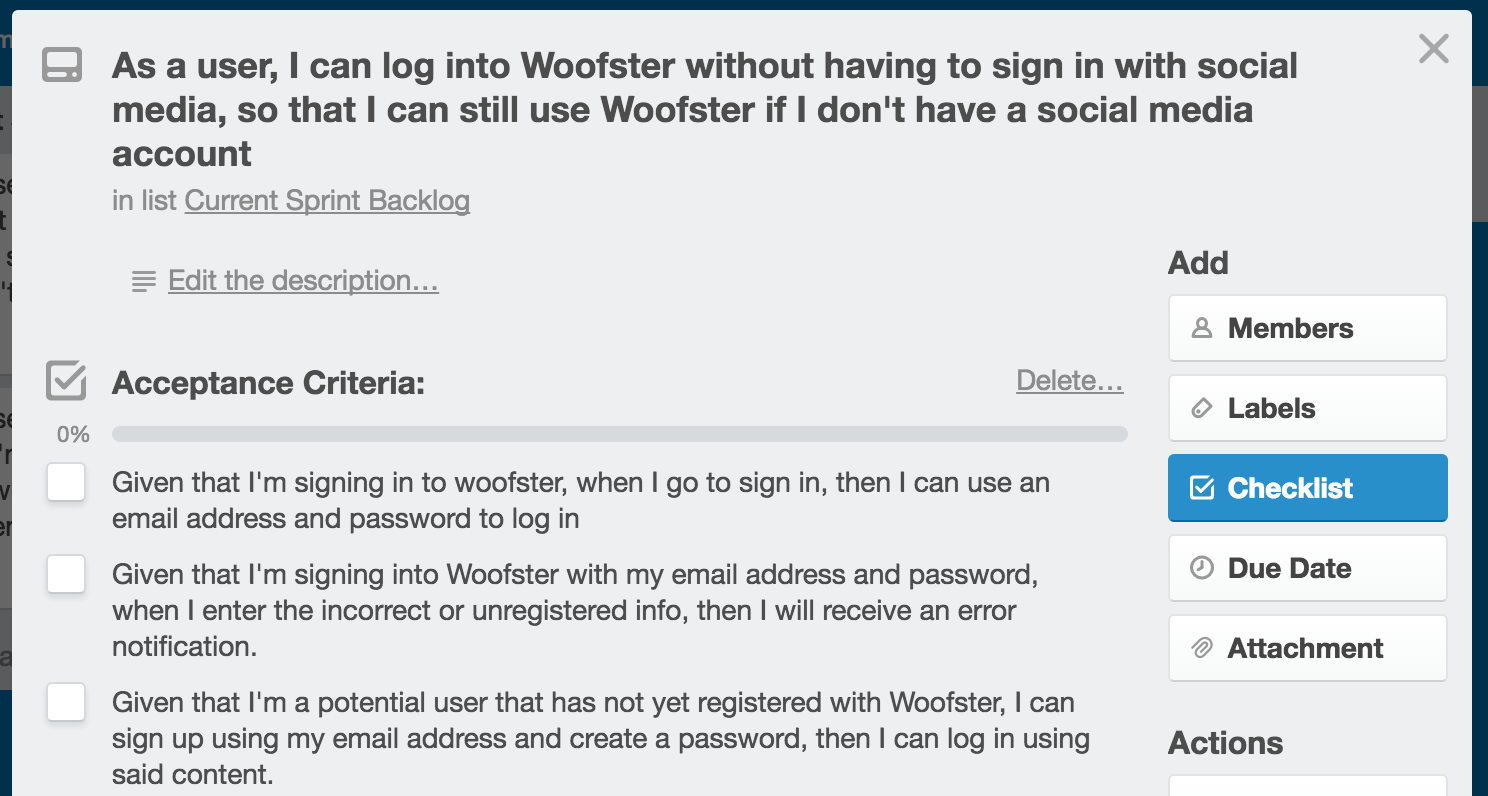
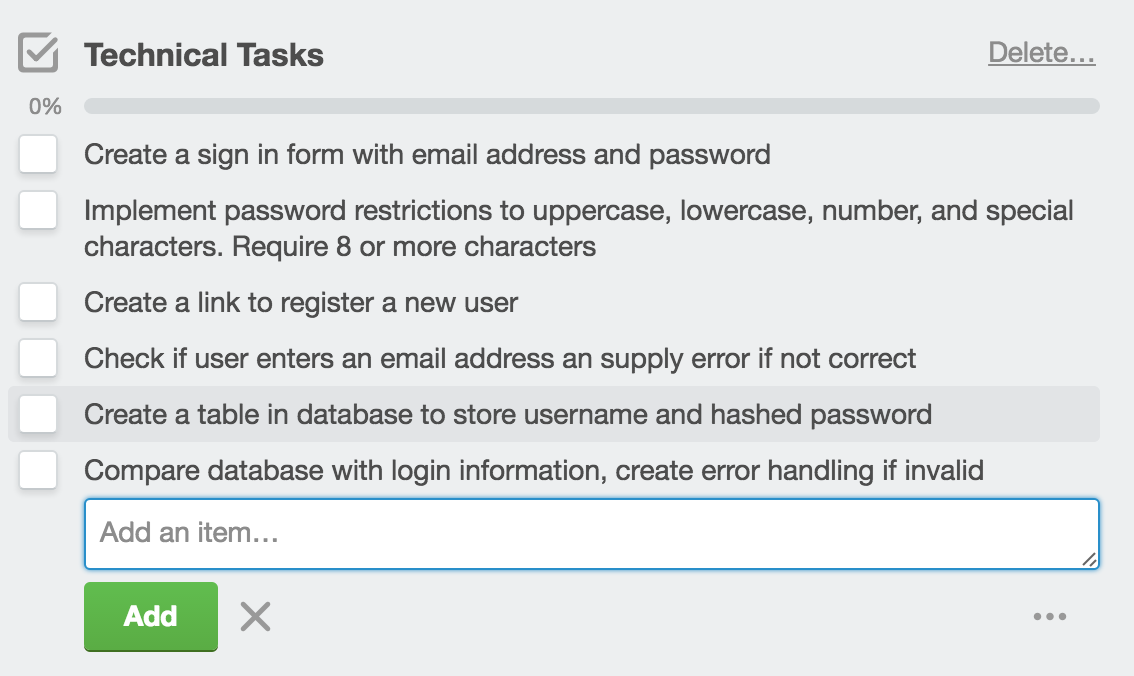



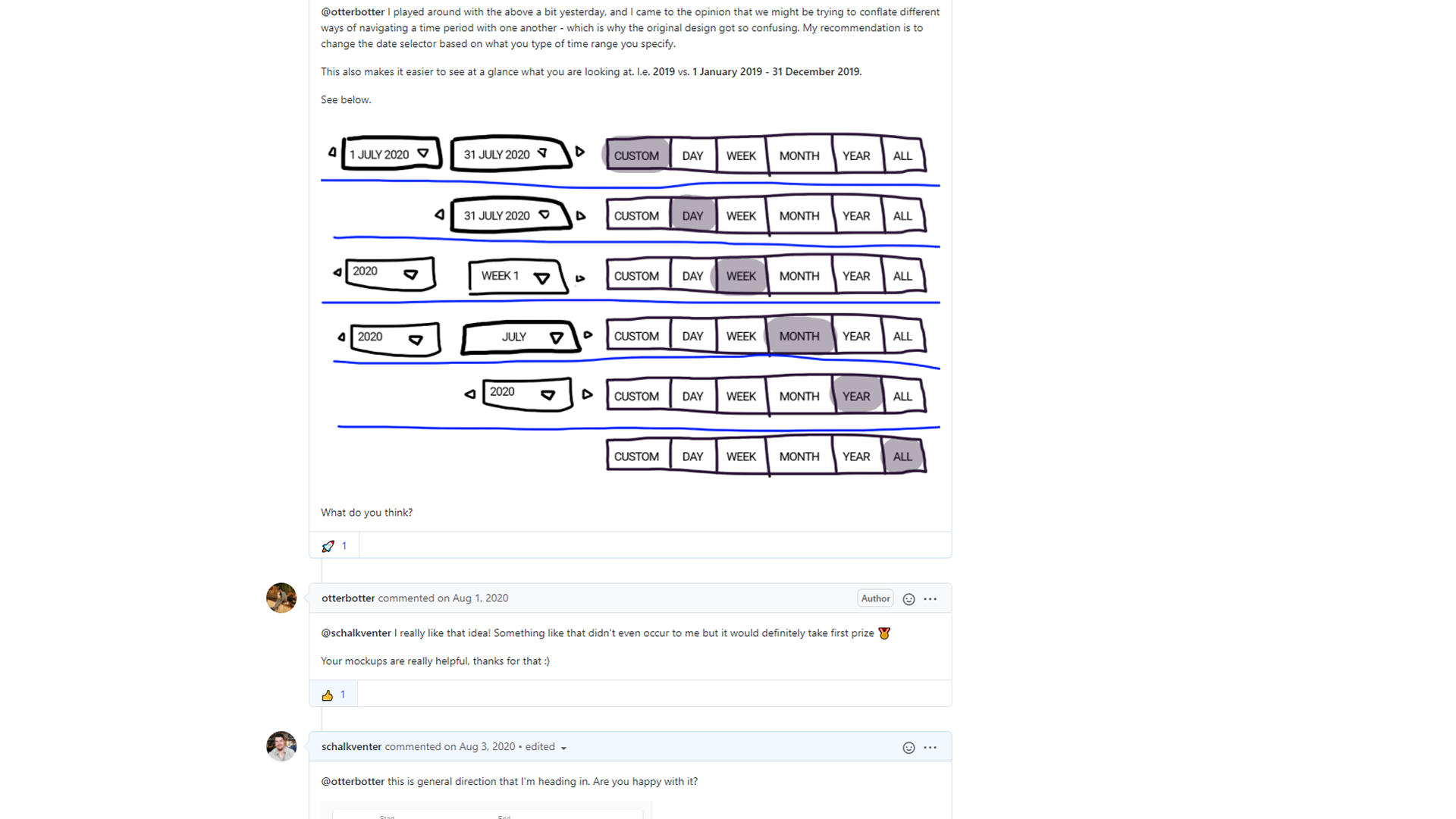
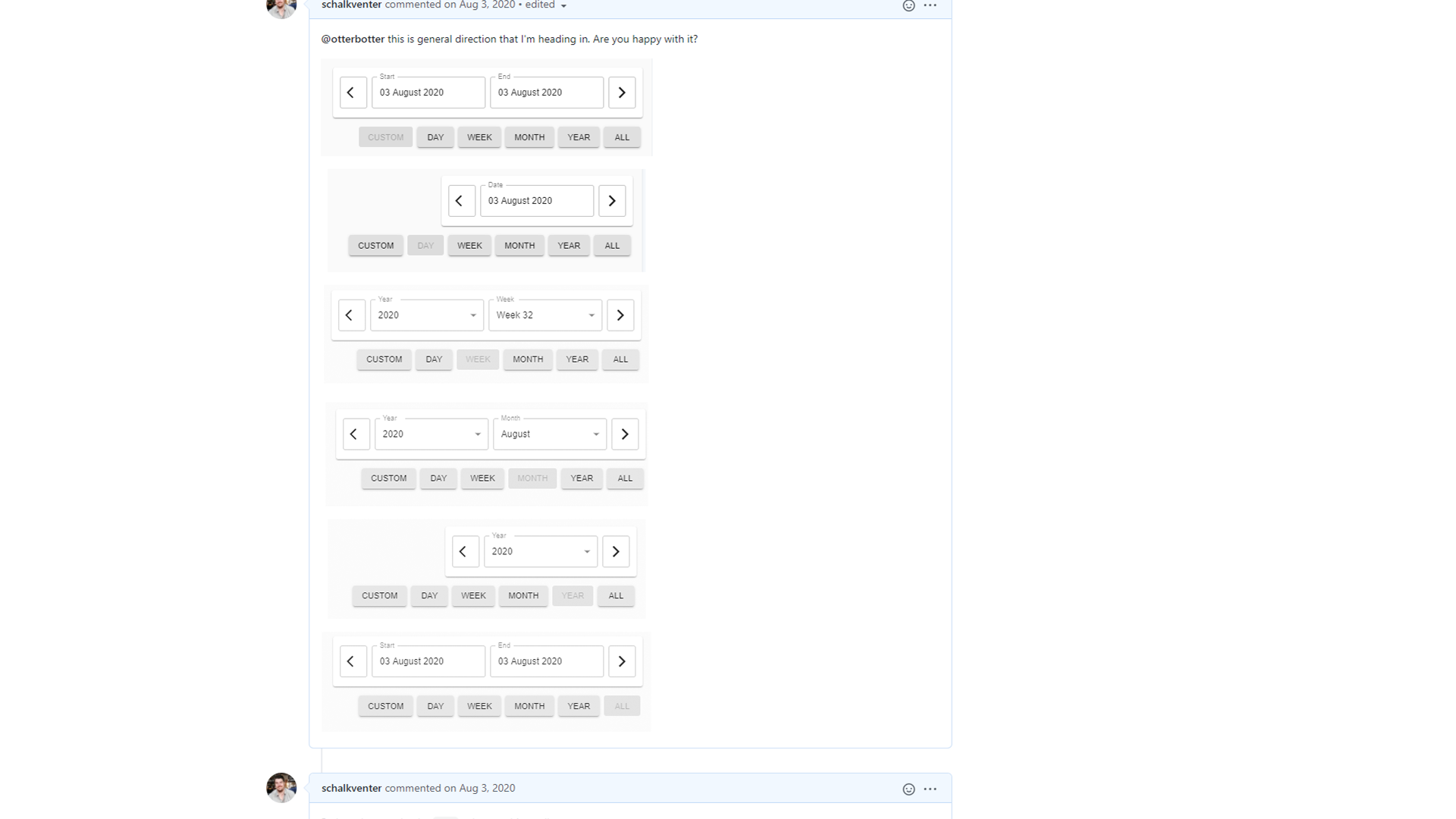
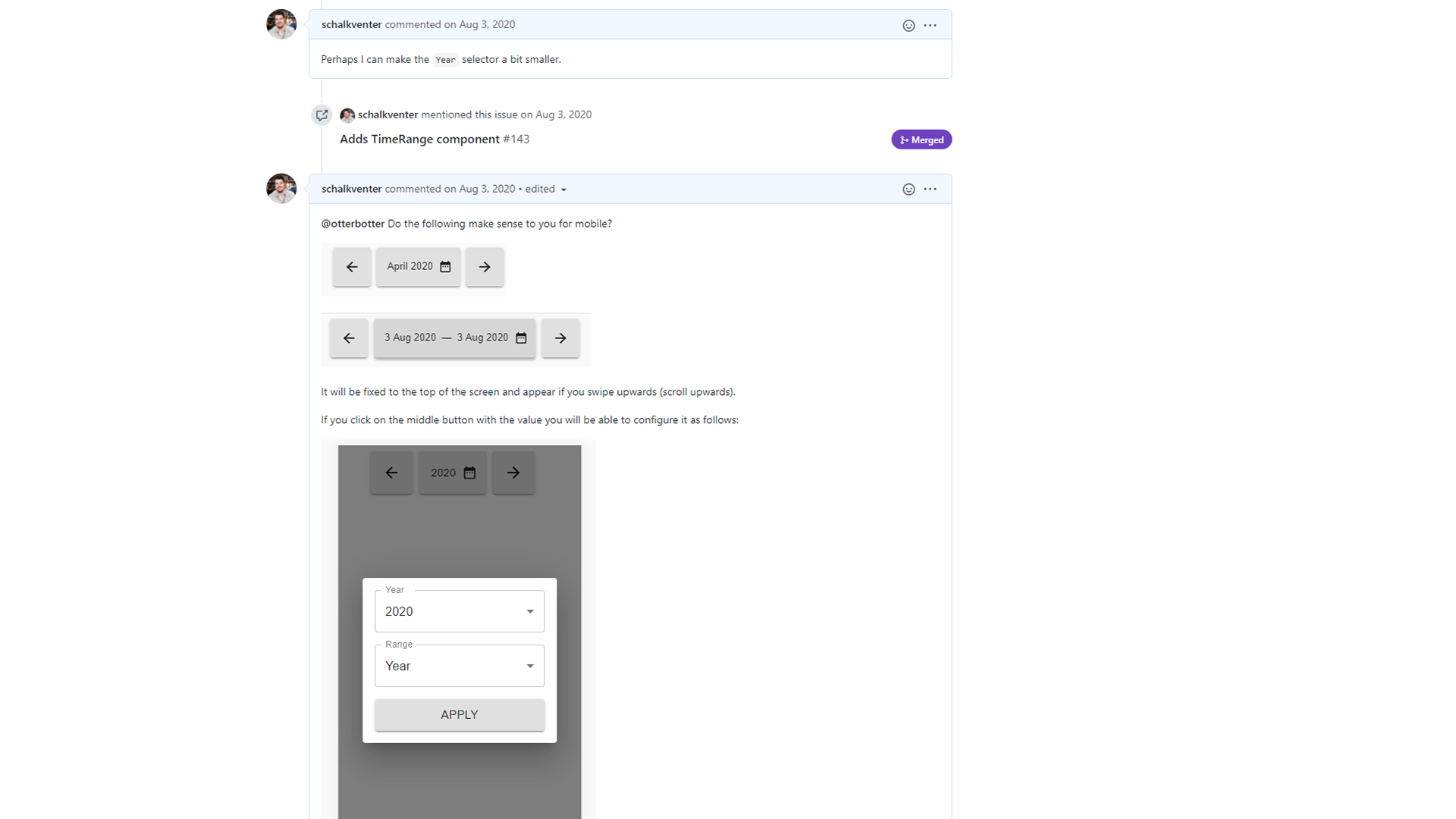
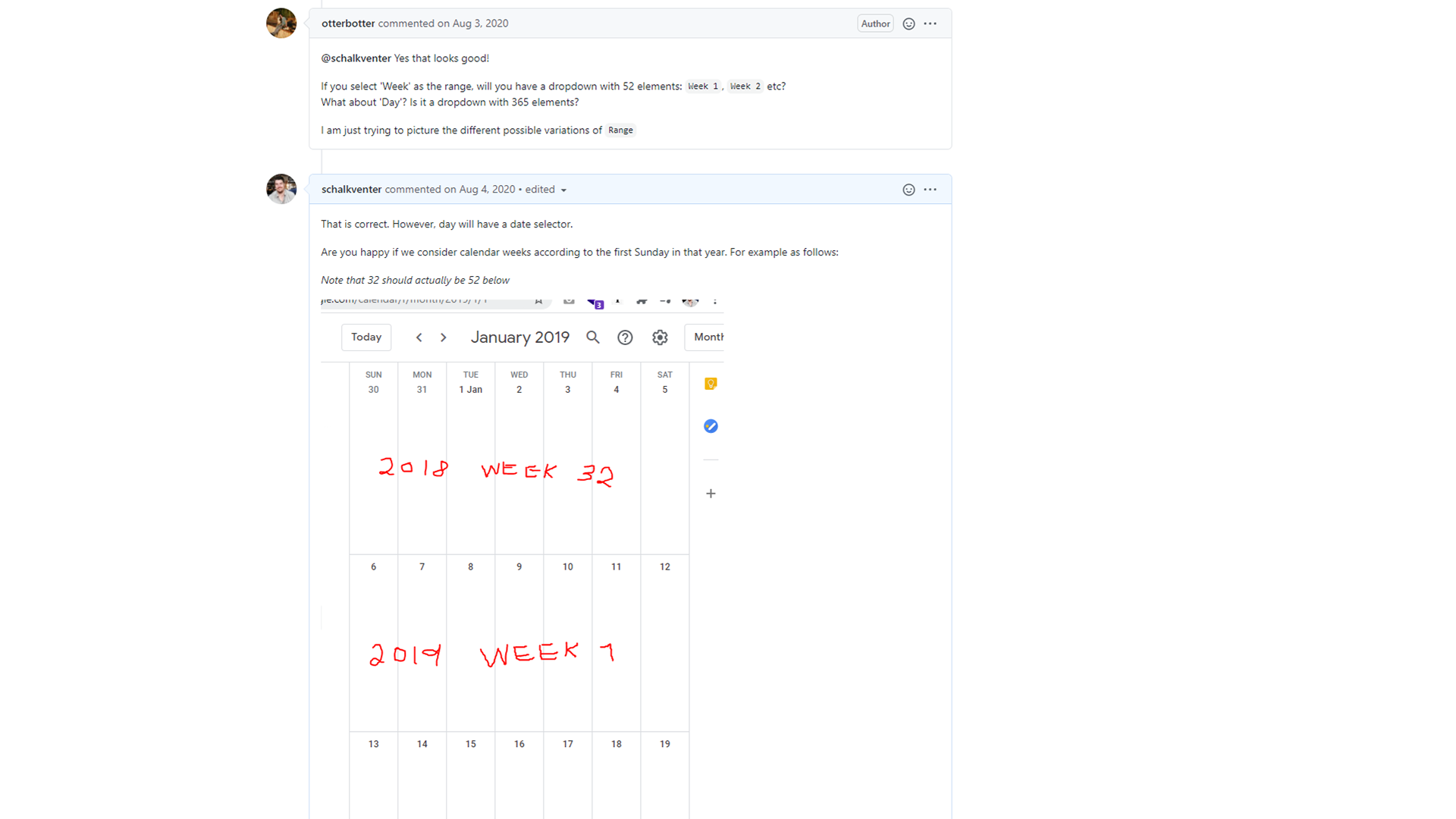
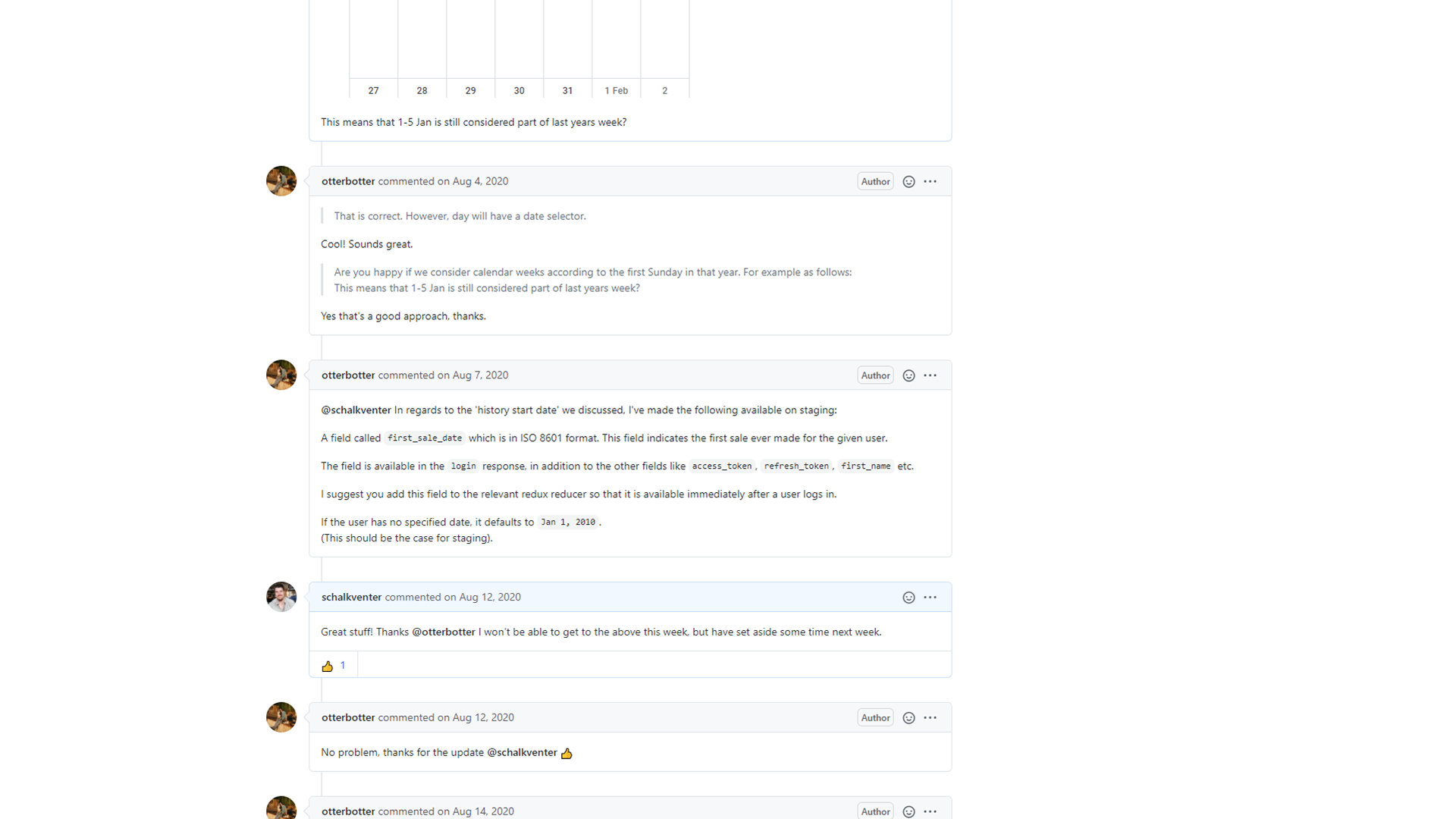
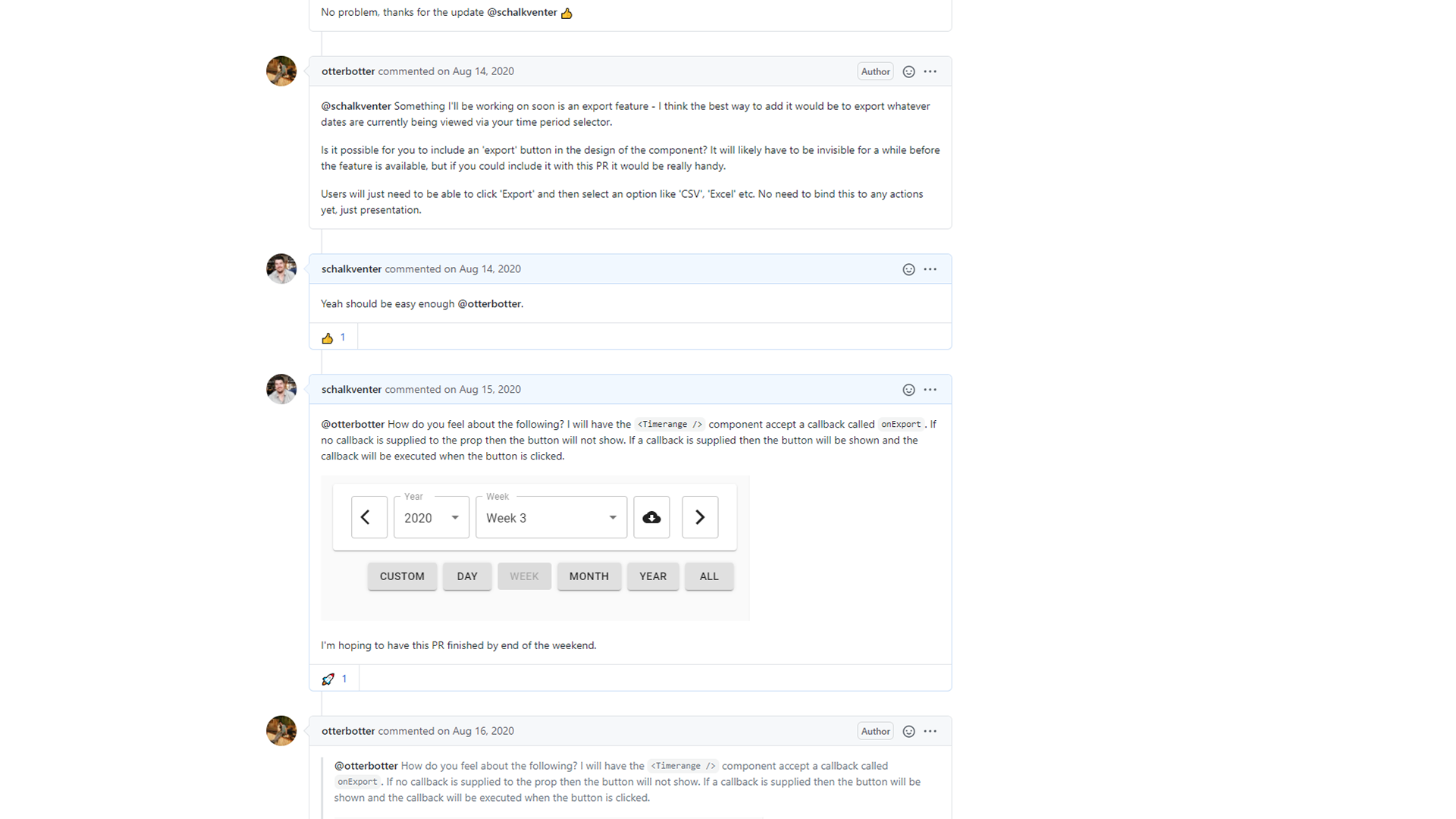
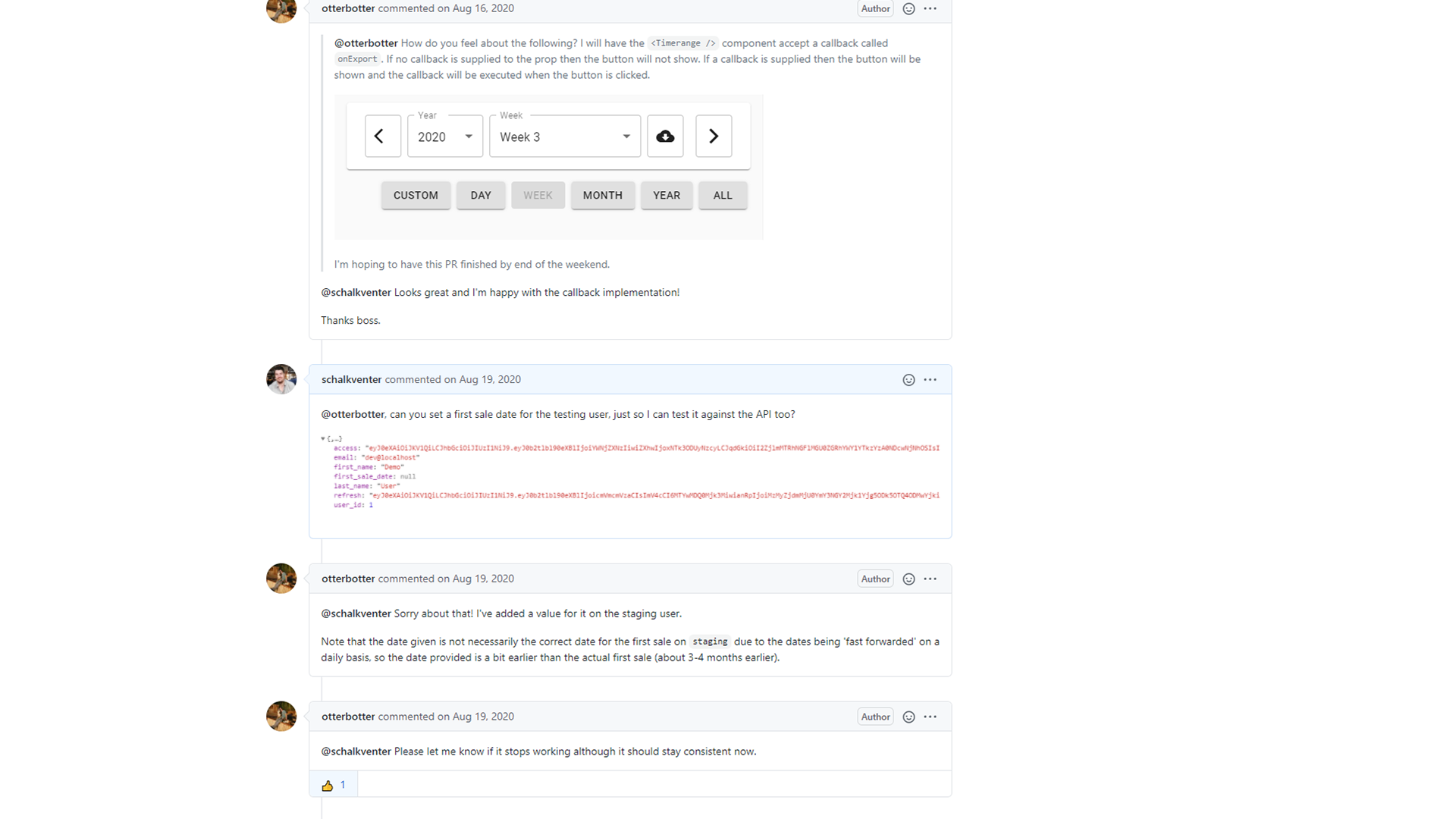
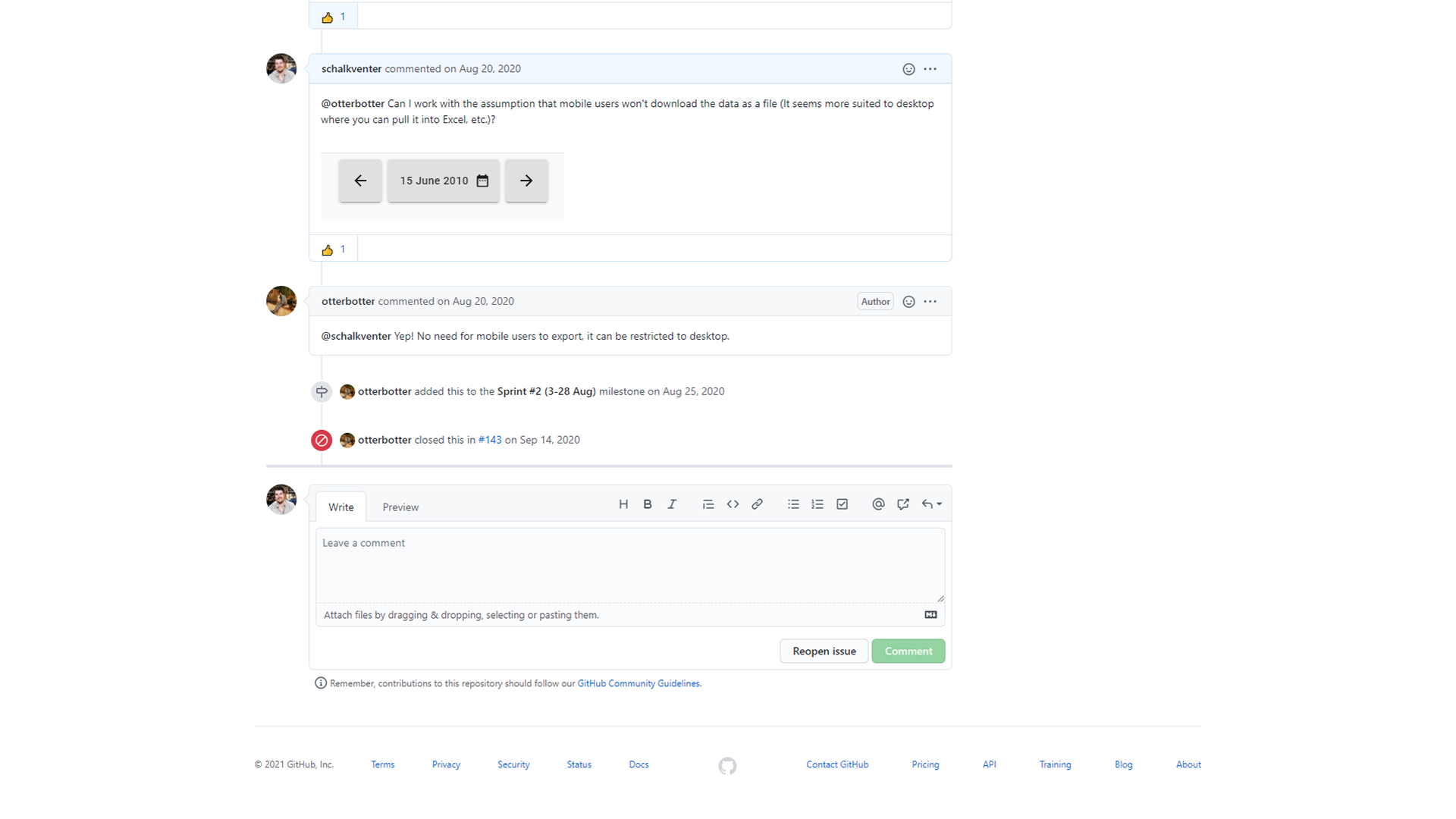


I.N.V.E.S.T.
-
Independant: Selfcontained, no dependency on another PBI.
-
Negotiable: Not explicit contracts, leave space for discussion.
-
Value: A PBI must deliver value to the stakeholders.
-
Estimable: Must always be able to estimate the size of a PBI.
-
Small: When to big hard to plan/task/prioritize accurately.
- Testable: Provide the information to make testing possible.
I.N.V.E.S.T.
-
Independant: Selfcontained, no dependency on another PBI.
-
Negotiable: Not explicit contracts, leave space for discussion.
-
Value: A PBI must deliver value to the stakeholders.
-
Estimable: Must always be able to estimate the size of a PBI.
-
Small: When to big hard to plan/task/prioritize accurately.
- Testable: Provide the information to make testing possible.
I.N.V.E.S.T.
-
Independant: Selfcontained, no dependency on another PBI.
-
Negotiable: Not explicit contracts, leave space for discussion.
-
Value: A PBI must deliver value to the stakeholders.
-
Estimable: Must always be able to estimate the size of a PBI.
-
Small: When to big hard to plan/task/prioritize accurately.
- Testable: Provide the information to make testing possible.
I.N.V.E.S.T.
-
Independant: Selfcontained, no dependency on another PBI.
-
Negotiable: Not explicit contracts, leave space for discussion.
-
Value: A PBI must deliver value to the stakeholders.
-
Estimable: Must always be able to estimate the size of a PBI.
-
Small: When to big hard to plan/task/prioritize accurately.
- Testable: Provide the information to make testing possible.
I.N.V.E.S.T.
-
Independant: Selfcontained, no dependency on another PBI.
-
Negotiable: Not explicit contracts, leave space for discussion.
-
Value: A PBI must deliver value to the stakeholders.
-
Estimable: Must always be able to estimate the size of a PBI.
-
Small: When to big hard to plan/task/prioritize accurately.
- Testable: Provide the information to make testing possible.
I.N.V.E.S.T.
-
Independant: Selfcontained, no dependency on another PBI.
-
Negotiable: Not explicit contracts, leave space for discussion.
-
Value: A PBI must deliver value to the stakeholders.
-
Estimable: Must always be able to estimate the size of a PBI.
-
Small: When to big hard to plan/task/prioritize accurately.
- Testable: Provide the information to make testing possible.
I.N.V.E.S.T.
-
Independant: Selfcontained, no dependency on another PBI.
-
Negotiable: Not explicit contracts, leave space for discussion.
-
Value: A PBI must deliver value to the stakeholders.
-
Estimable: Must always be able to estimate the size of a PBI.
-
Small: When to big hard to plan/task/prioritize accurately.
- Testable: Provide the information to make testing possible.
Storypoints
Atlassian Agile Coach
Story points and estimation
"Story points are a unit of measure for expressing an estimate of the overall effort that will be required to fully implement a product backlog item or any other piece of work. [...] The raw values we assign are unimportant. What matters are the relative values. A story that is assigned a 2 should be twice as much as a story that is assigned a 1."

Storypoints
Atlassian Agile Coach
Story points and estimation
"Story points are a unit of measure for expressing an estimate of the overall effort that will be required to fully implement a product backlog item or any other piece of work. [...] The raw values we assign are unimportant. What matters are the relative values. A story that is assigned a 2 should be twice as much as a story that is assigned a 1."

Storypoints
Atlassian Agile Coach
Story points and estimation
"Story points are a unit of measure for expressing an estimate of the overall effort that will be required to fully implement a product backlog item or any other piece of work. [...] The raw values we assign are unimportant. What matters are the relative values. A story that is assigned a 2 should be twice as much as a story that is assigned a 1."

Storypoints
Atlassian Agile Coach
Story points and estimation
"Story points are a unit of measure for expressing an estimate of the overall effort that will be required to fully implement a product backlog item or any other piece of work. [...] The raw values we assign are unimportant. What matters are the relative values. A story that is assigned a 2 should be twice as much as a story that is assigned a 1."

Storypoints
Atlassian Agile Coach
Story points and estimation
"Story points are a unit of measure for expressing an estimate of the overall effort that will be required to fully implement a product backlog item or any other piece of work. [...] The raw values we assign are unimportant. What matters are the relative values. A story that is assigned a 2 should be twice as much as a story that is assigned a 1."

Storypoints
Atlassian Agile Coach
Story points and estimation
"Story points are a unit of measure for expressing an estimate of the overall effort that will be required to fully implement a product backlog item or any other piece of work. [...] The raw values we assign are unimportant. What matters are the relative values. A story that is assigned a 2 should be twice as much as a story that is assigned a 1."

Planning Poker
Wikipedia
Planning Poker
"In planning poker, members of the group make estimates by playing numbered cards face-down to the table, instead of speaking them aloud [...] By hiding the figures in this way, the group can avoid the cognitive bias of anchoring, where the first number spoken aloud sets a precedent for subsequent estimates."

Planning Poker
Wikipedia
Planning Poker
"In planning poker, members of the group make estimates by playing numbered cards face-down to the table, instead of speaking them aloud [...] By hiding the figures in this way, the group can avoid the cognitive bias of anchoring, where the first number spoken aloud sets a precedent for subsequent estimates."

Planning Poker
Wikipedia
Planning Poker
"In planning poker, members of the group make estimates by playing numbered cards face-down to the table, instead of speaking them aloud [...] By hiding the figures in this way, the group can avoid the cognitive bias of anchoring, where the first number spoken aloud sets a precedent for subsequent estimates."

Non-User Stories
"Brief simple statements of foundational or infrastructure needed in order to deliver User Stories in the Product Backlog. As a <Team Role>, I want to <desired action>, so that <desired benefit>. As a Developer, I want to configure our assigned development region, so that we can begin developing User Stories in our backlog."
Accenture
Agile Q&A: Are there types of User Stories? (2012)
Non-User Stories
"Brief simple statements of foundational or infrastructure needed in order to deliver User Stories in the Product Backlog. As a <Team Role>, I want to <desired action>, so that <desired benefit>. As a Developer, I want to configure our assigned development region, so that we can begin developing User Stories in our backlog."
Accenture
Agile Q&A: Are there types of User Stories? (2012)
Non-User Stories
"Brief simple statements of foundational or infrastructure needed in order to deliver User Stories in the Product Backlog. As a <Team Role>, I want to <desired action>, so that <desired benefit>. As a Developer, I want to configure our assigned development region, so that we can begin developing User Stories in our backlog."
Accenture
Agile Q&A: Are there types of User Stories? (2012)
Non-User Stories
"Brief simple statements of foundational or infrastructure needed in order to deliver User Stories in the Product Backlog. As a <Team Role>, I want to <desired action>, so that <desired benefit>. As a Developer, I want to configure our assigned development region, so that we can begin developing User Stories in our backlog."
Accenture
Agile Q&A: Are there types of User Stories? (2012)
Atlassian Agile Coach
